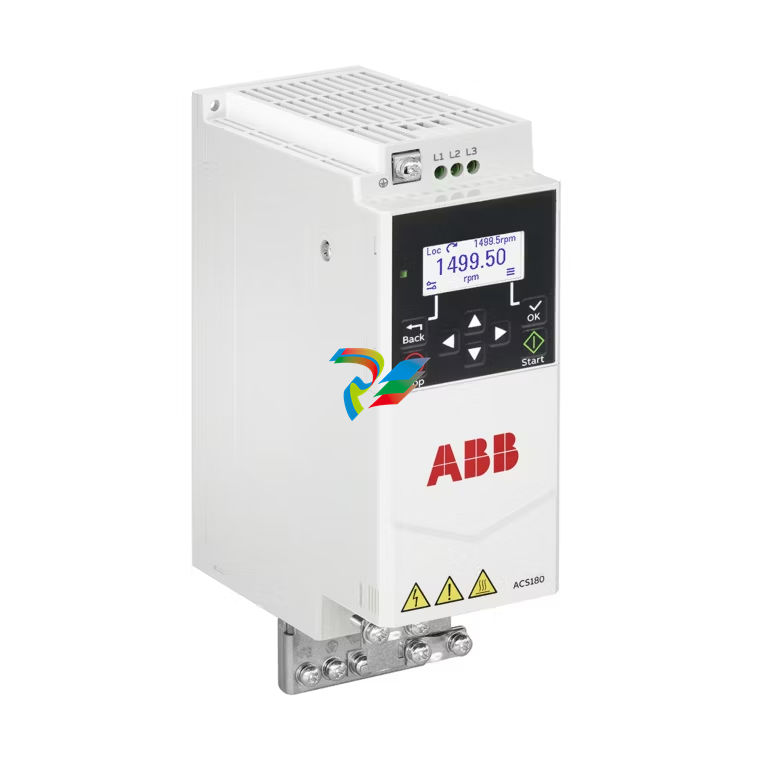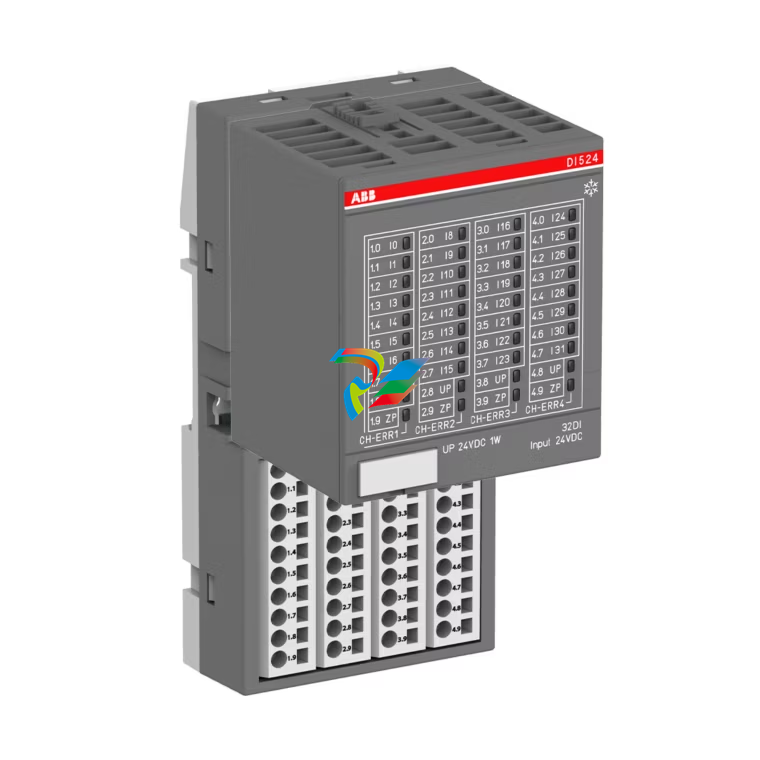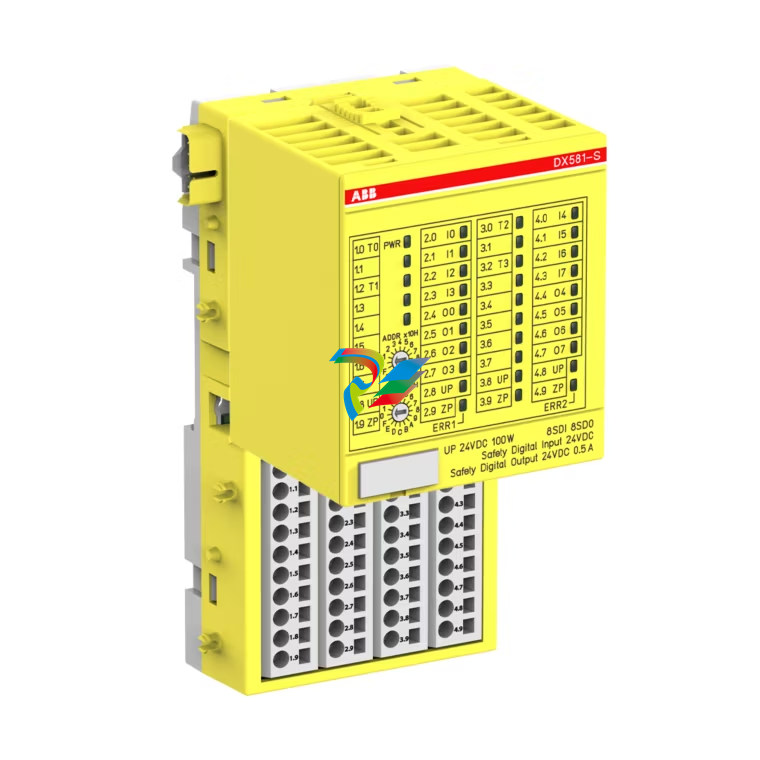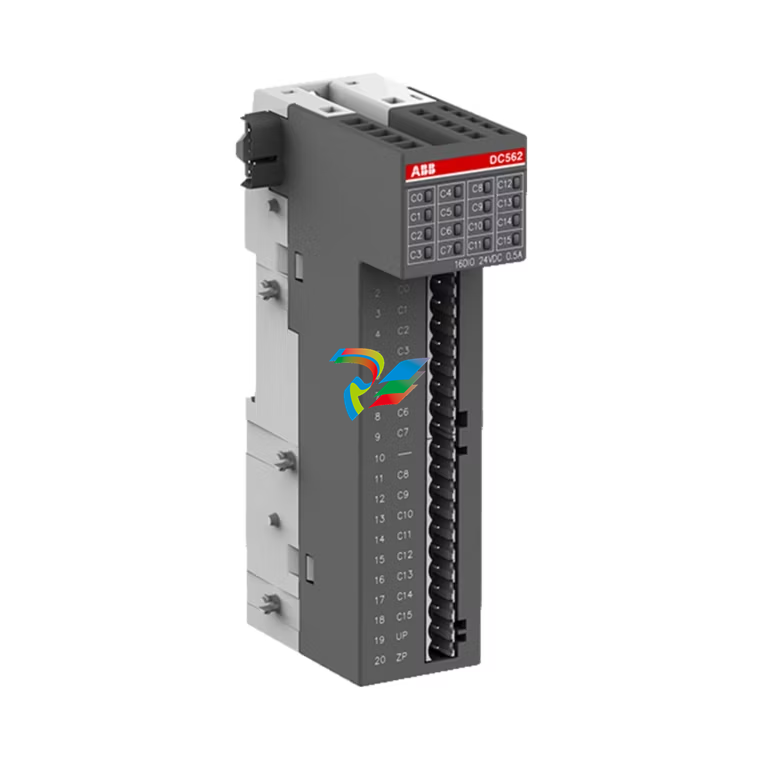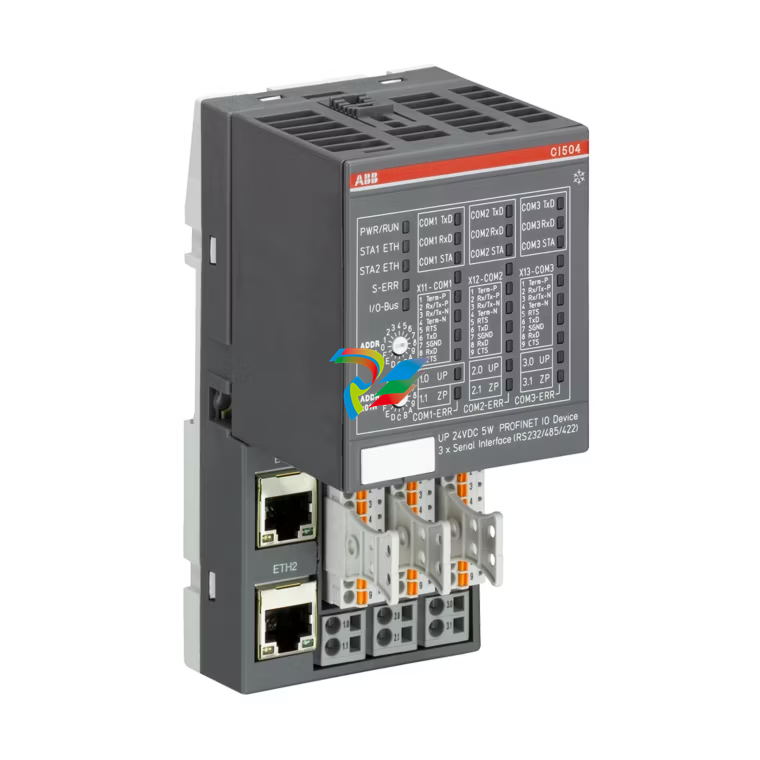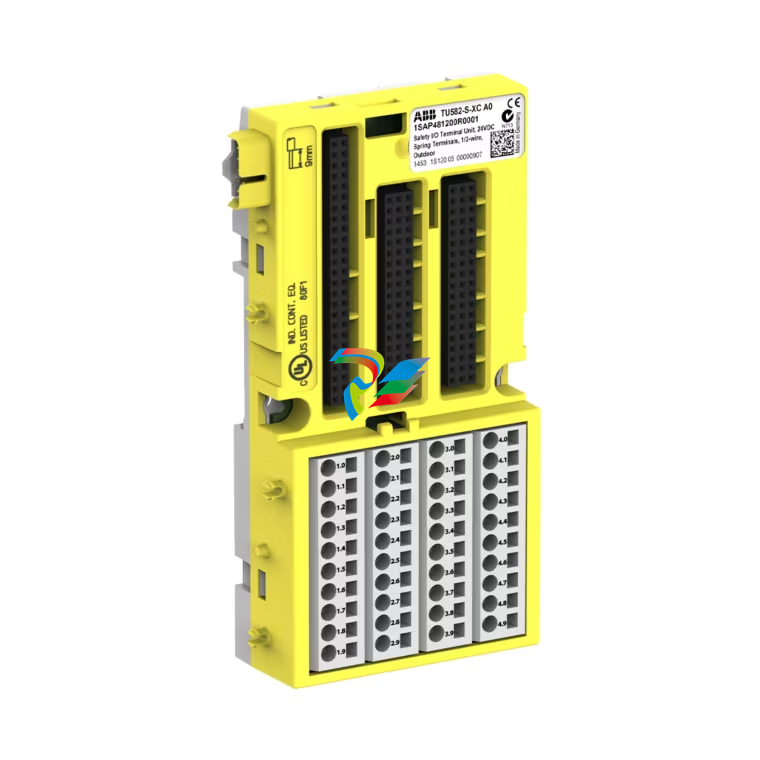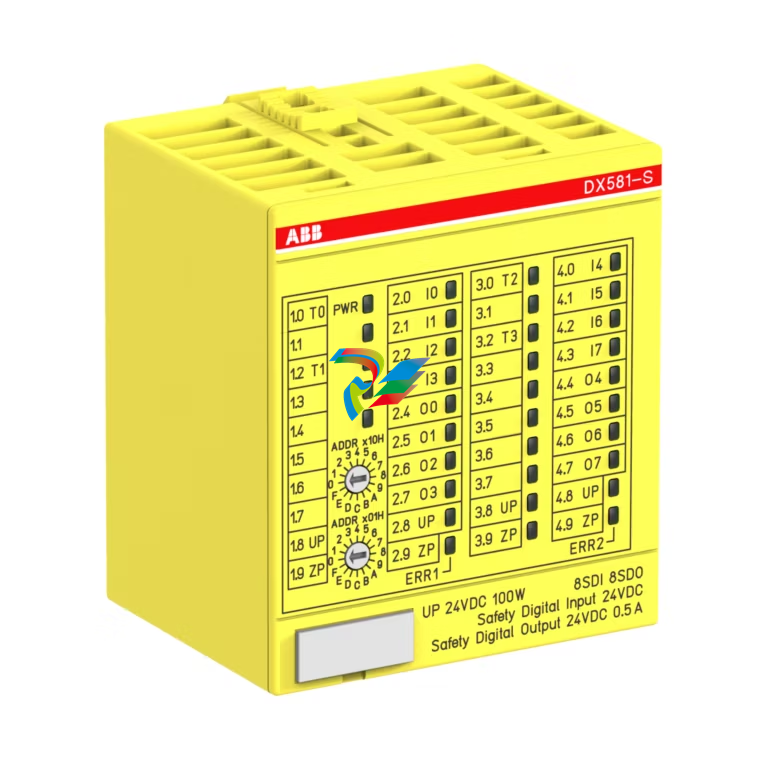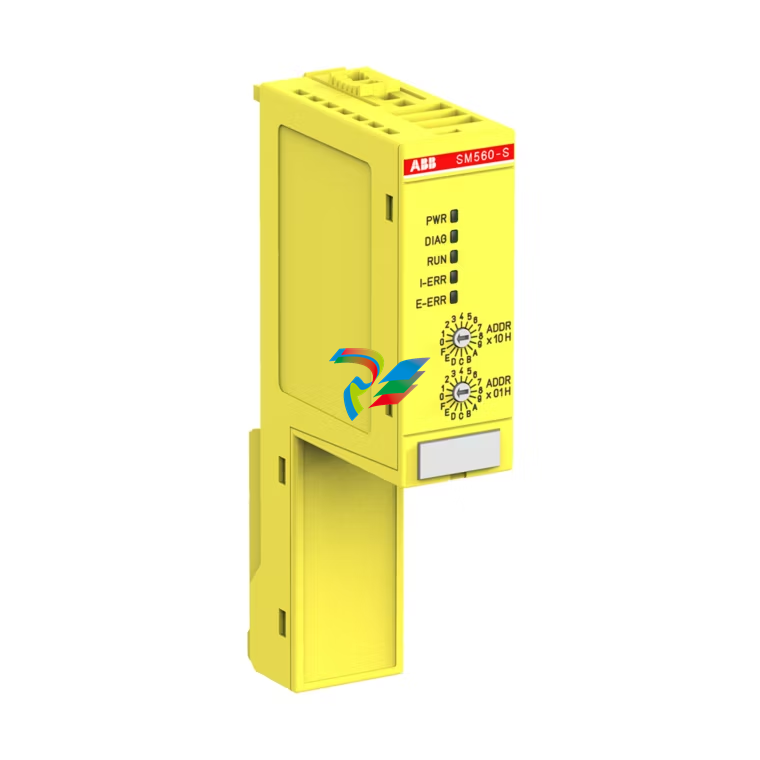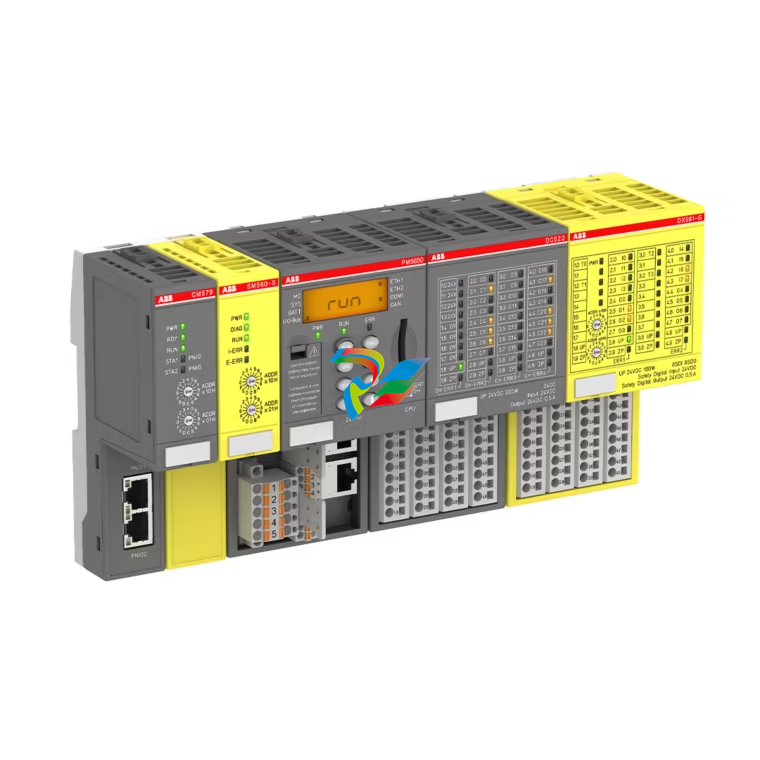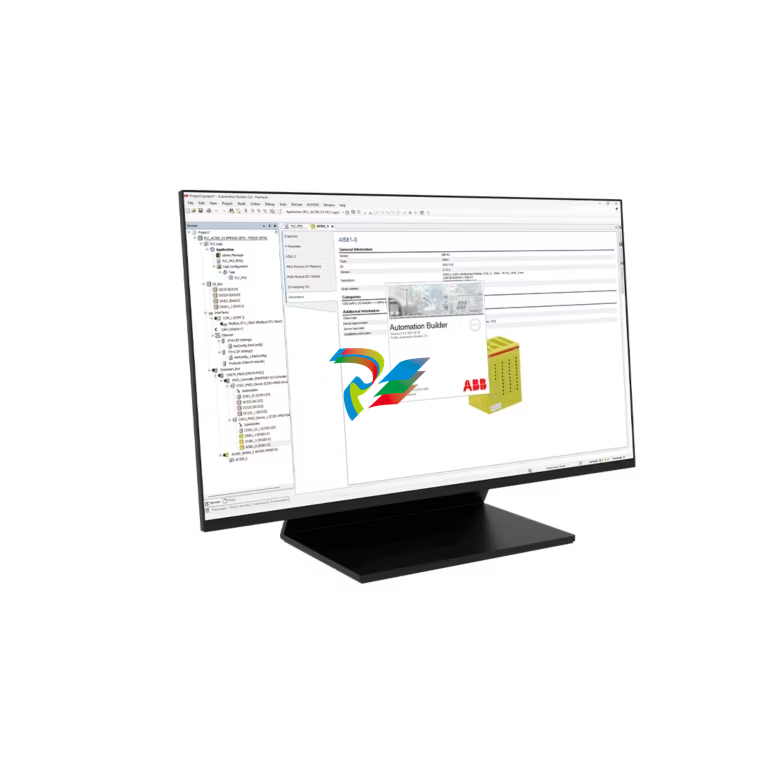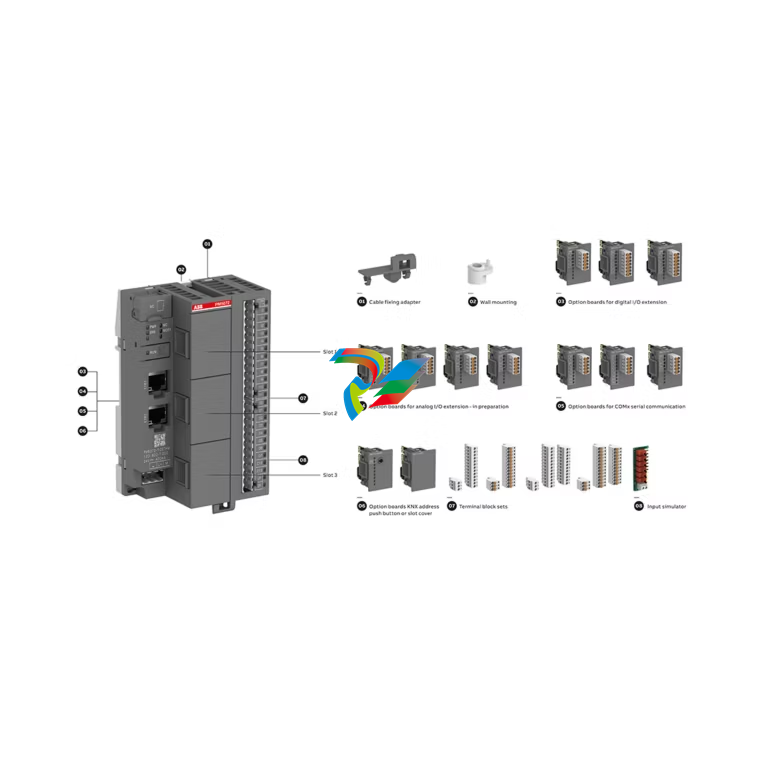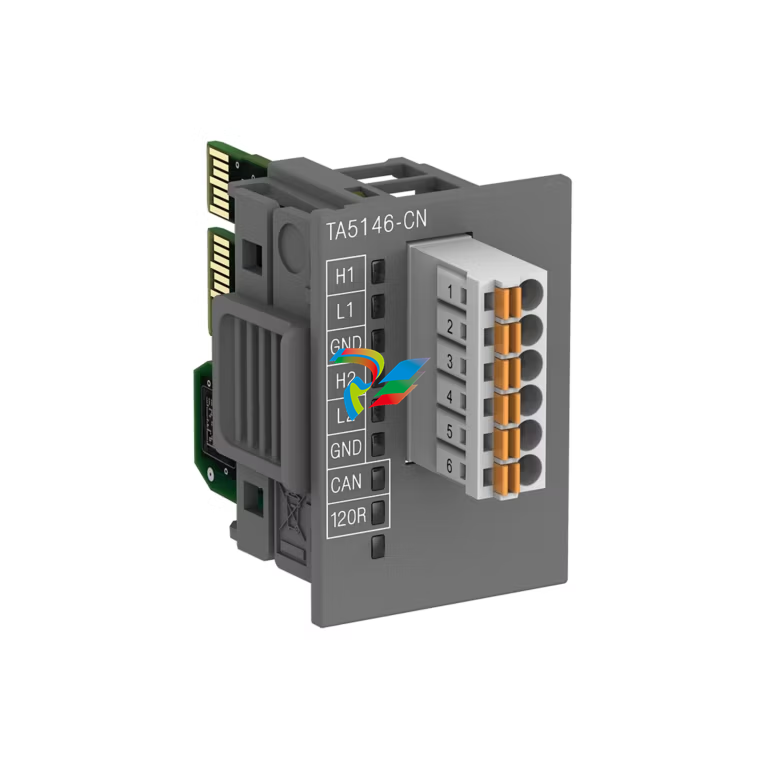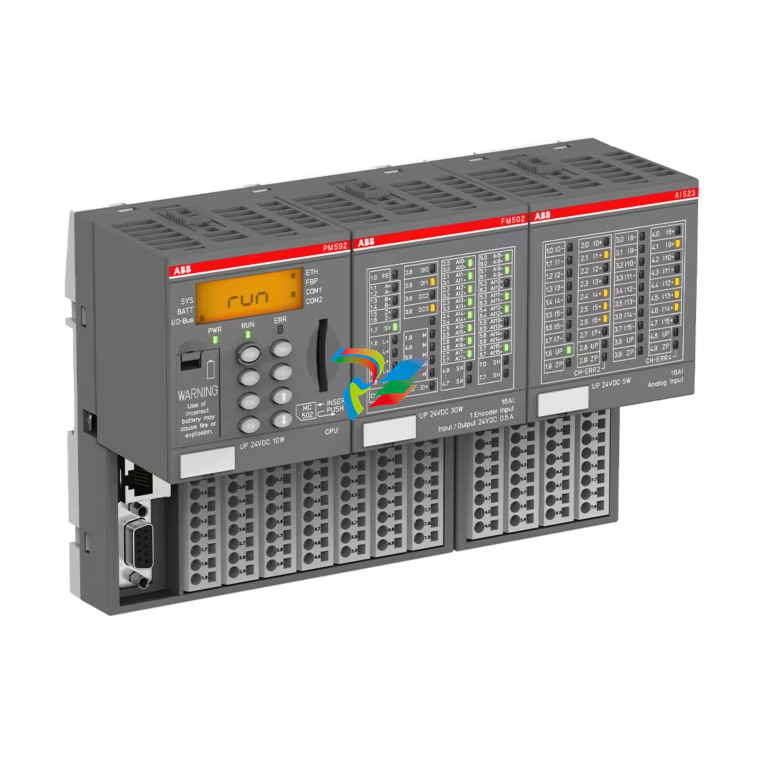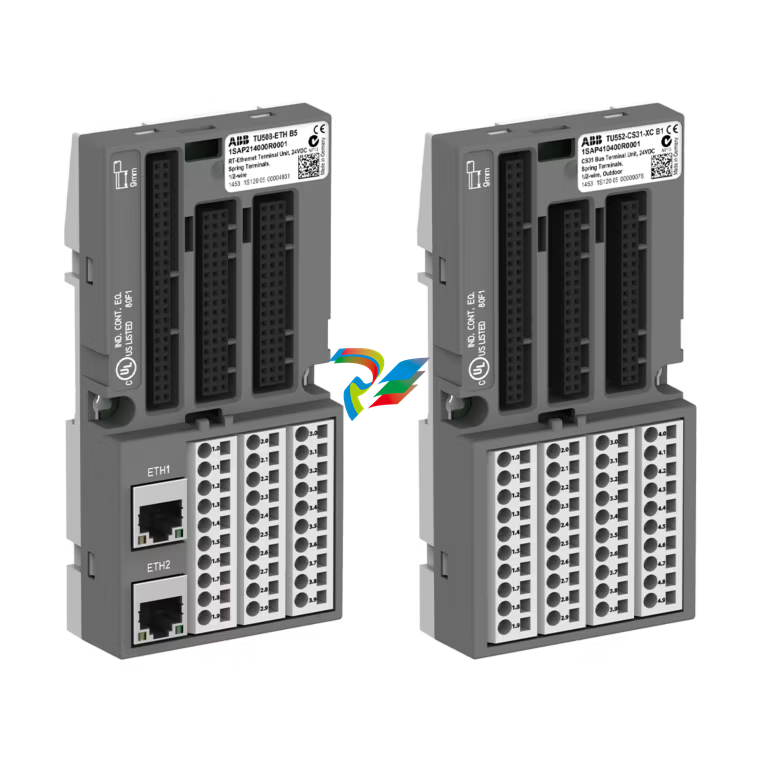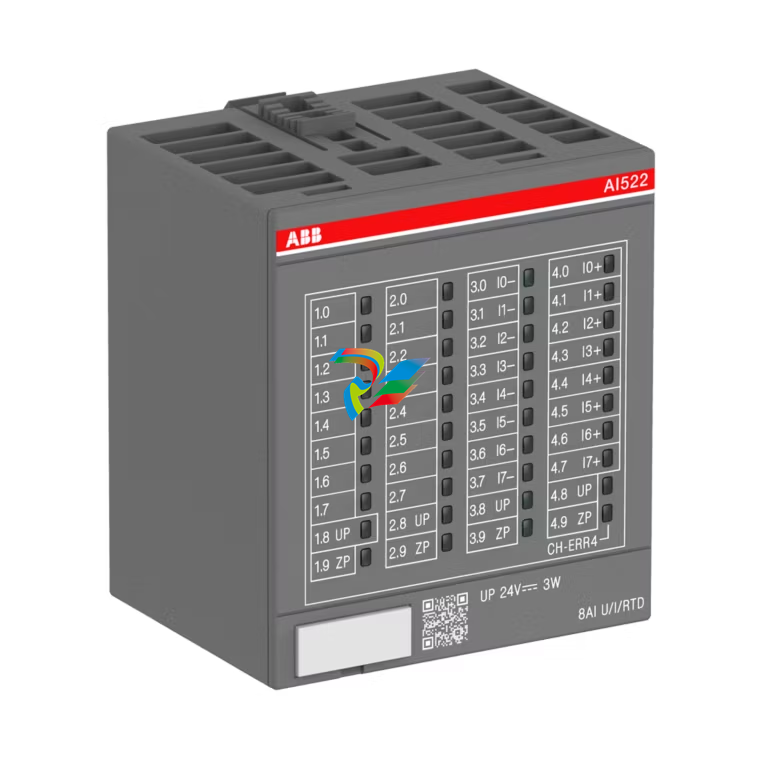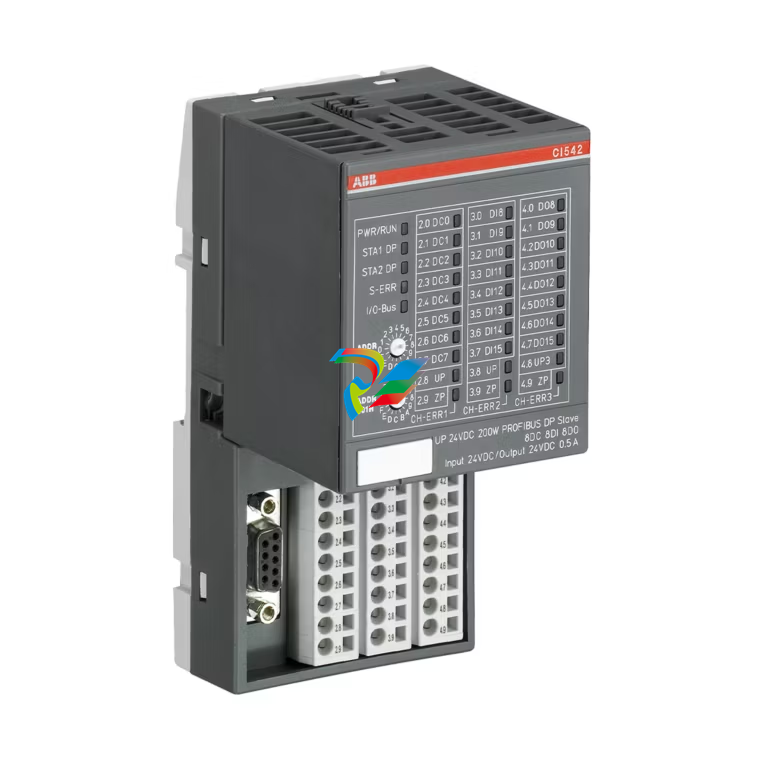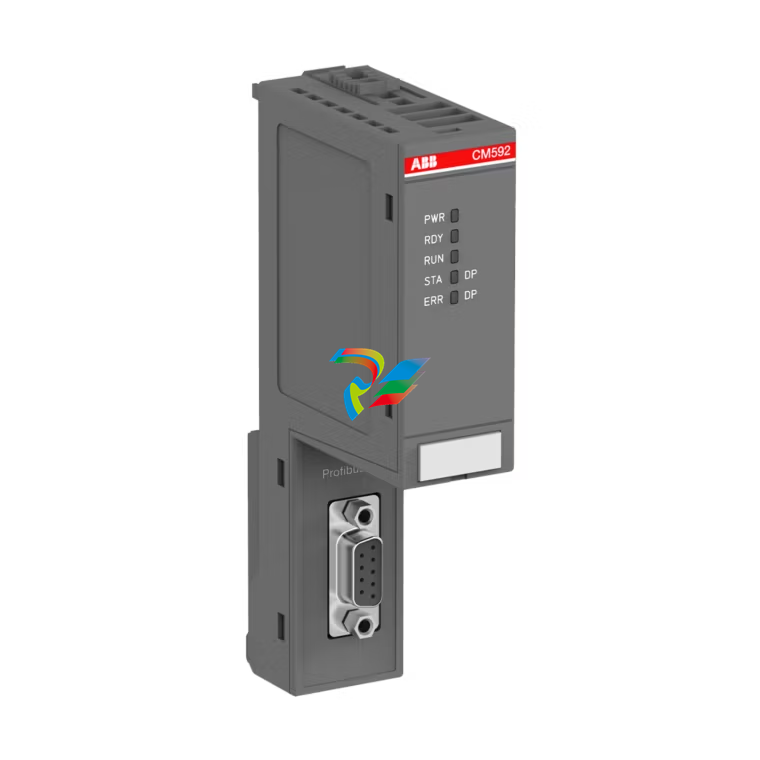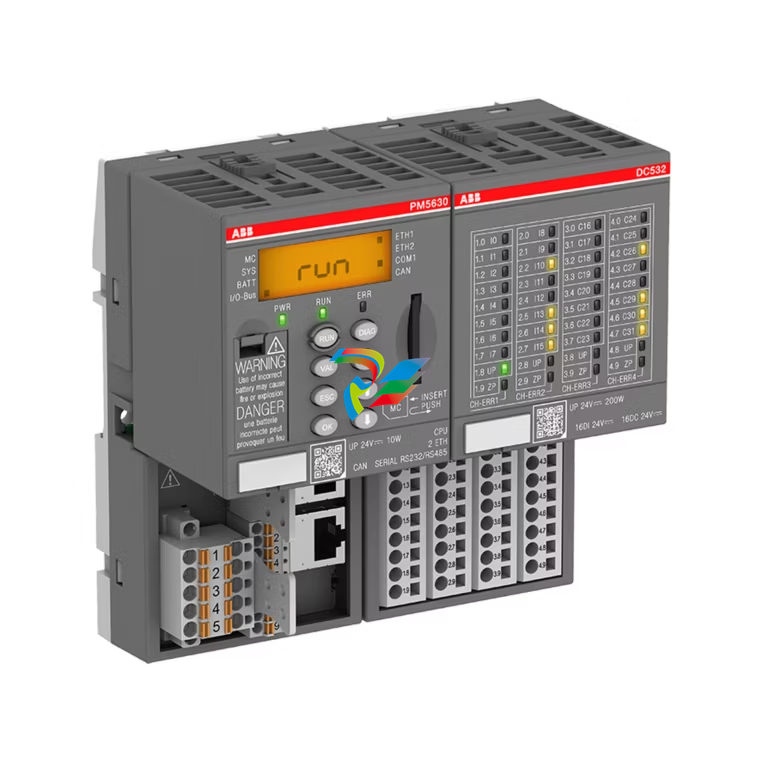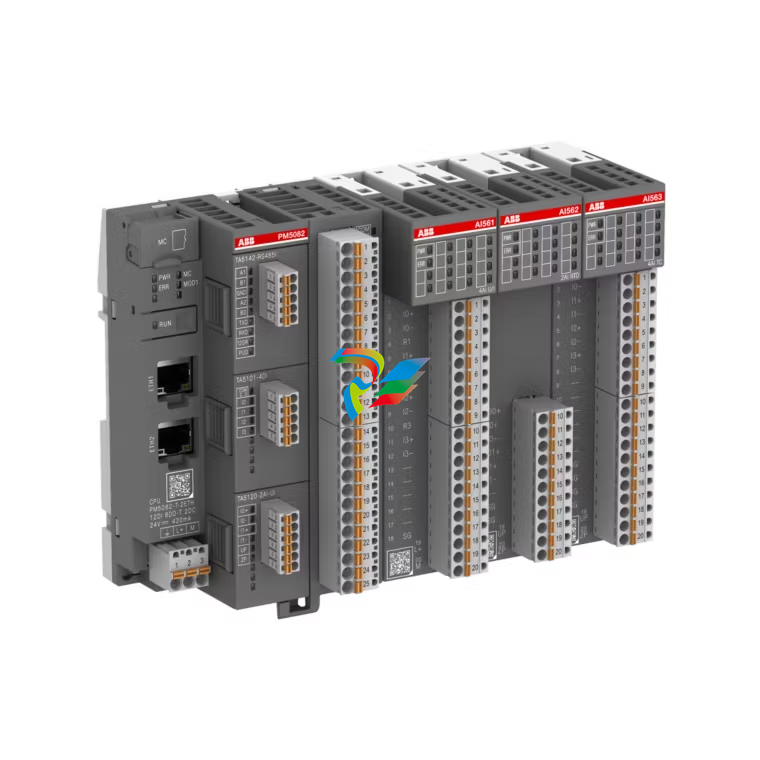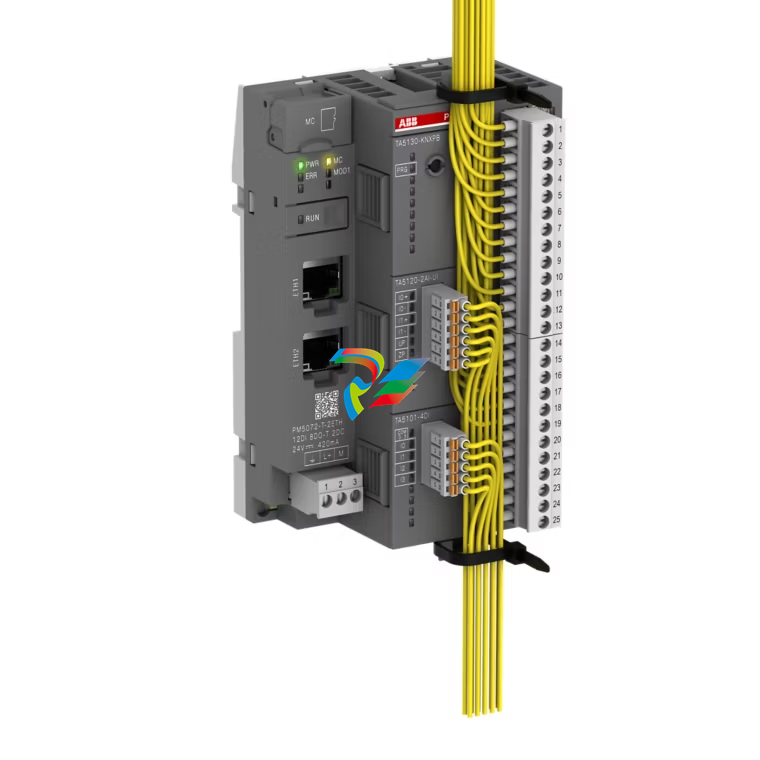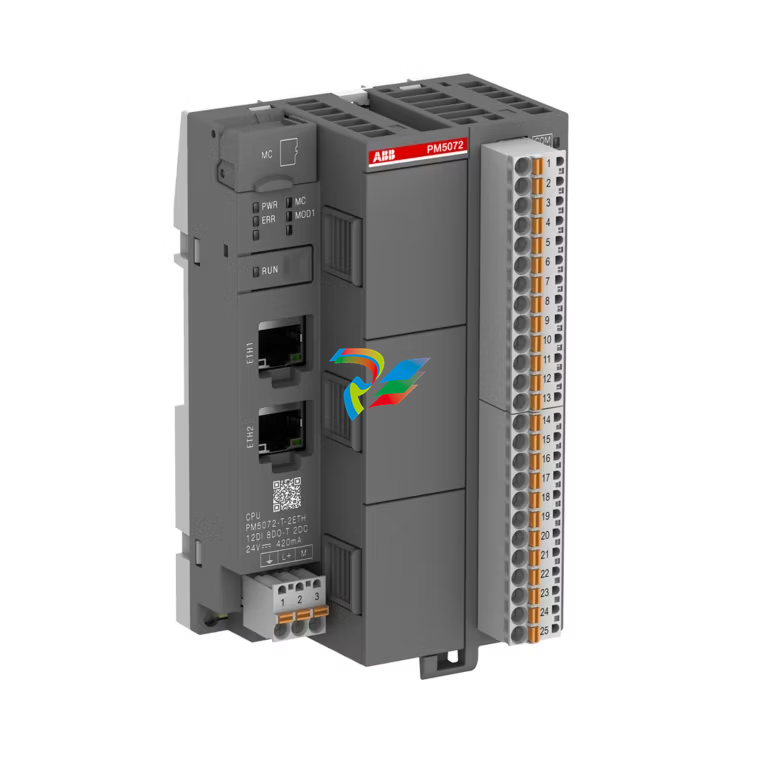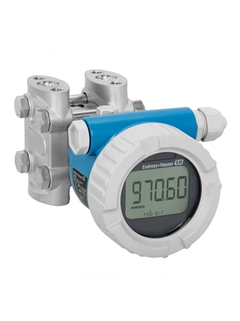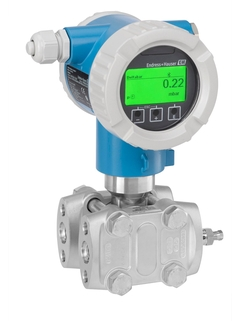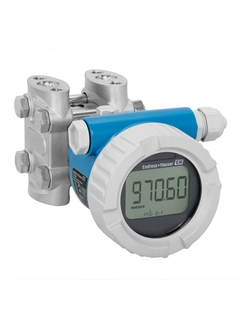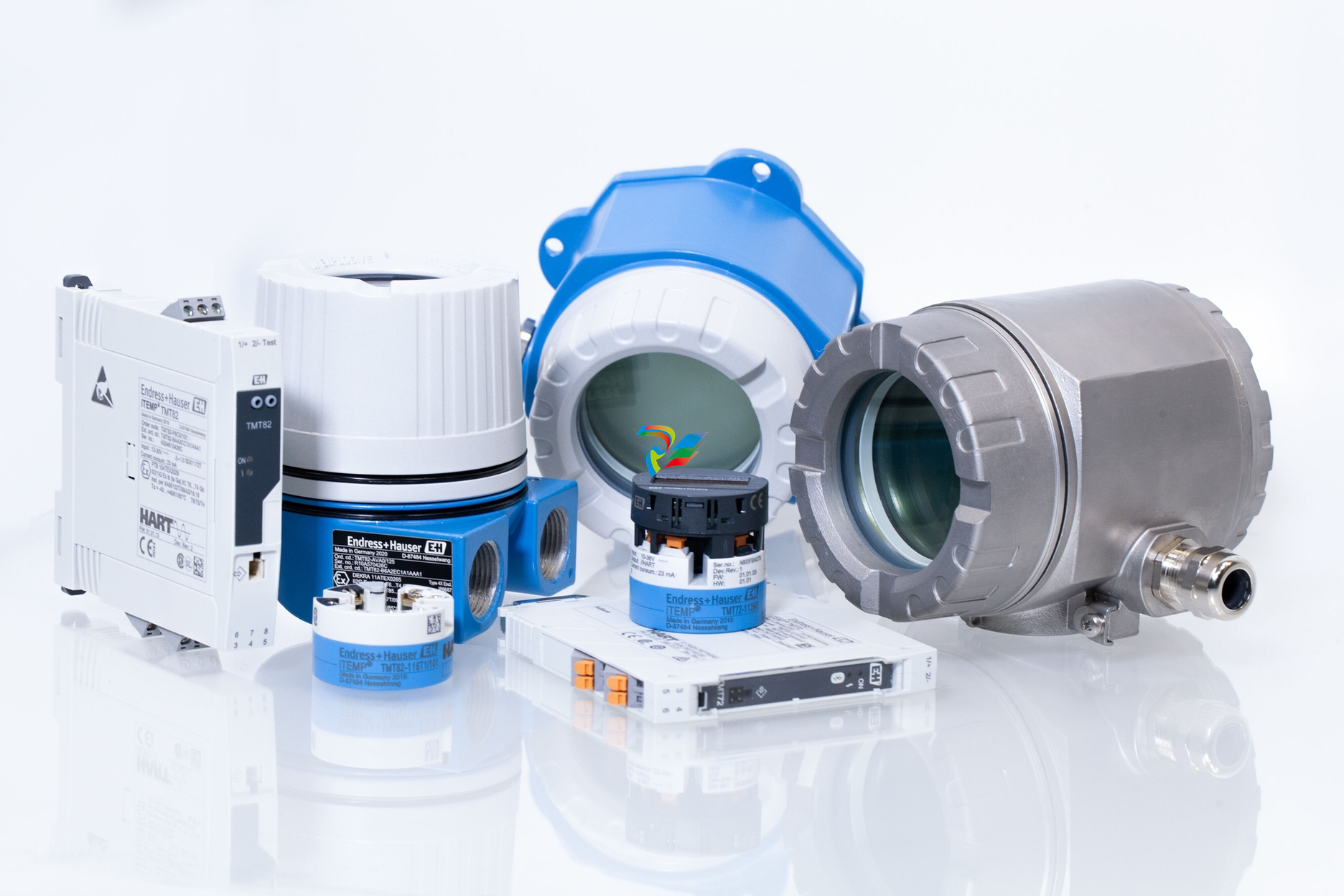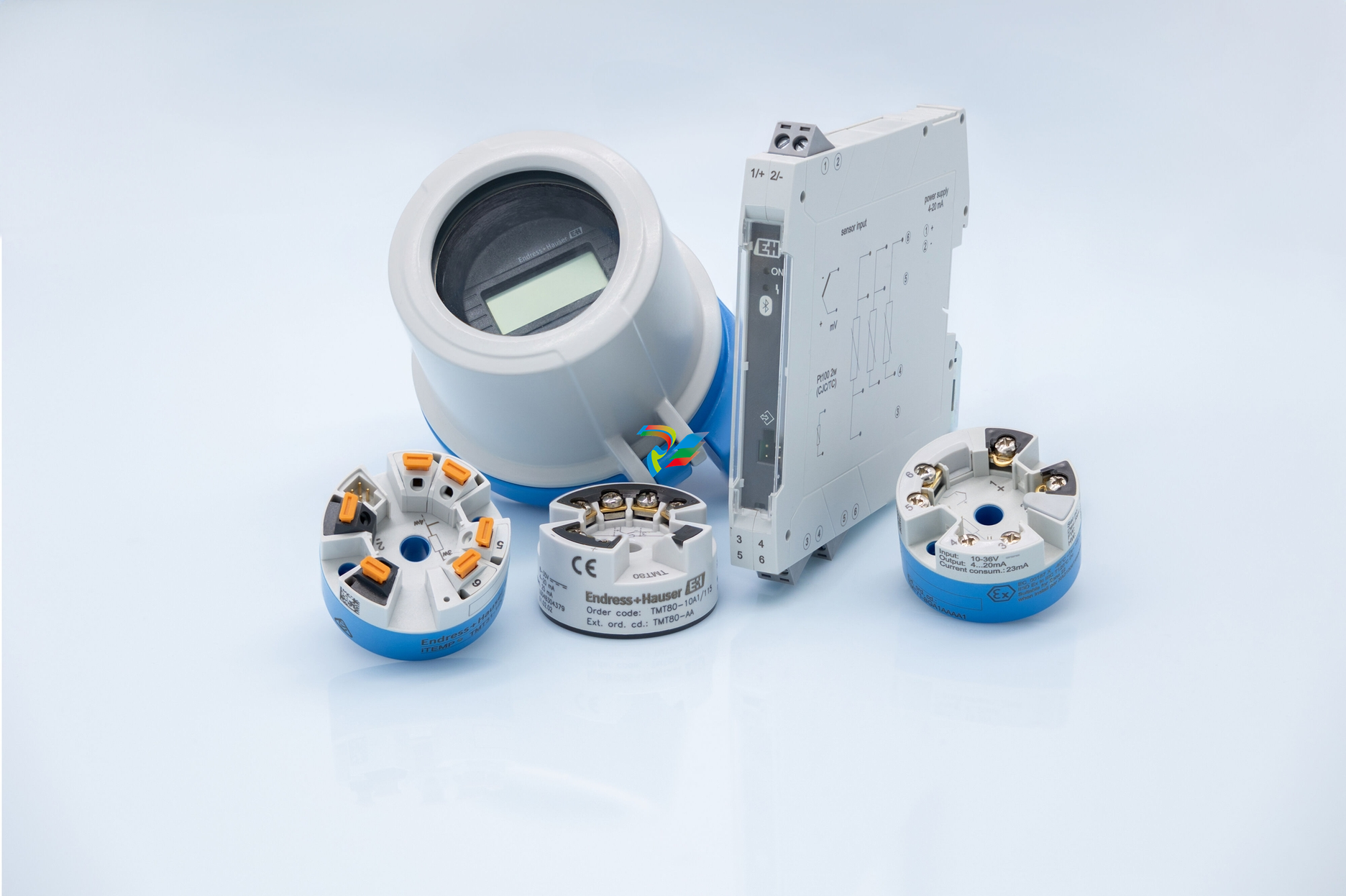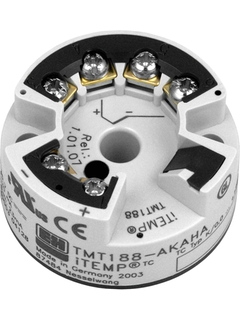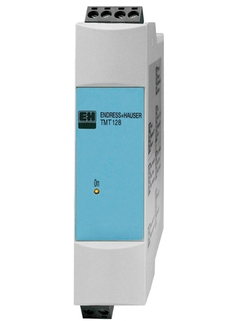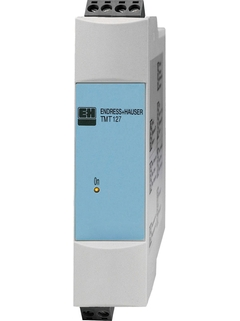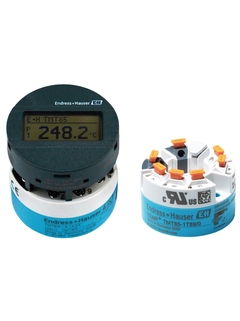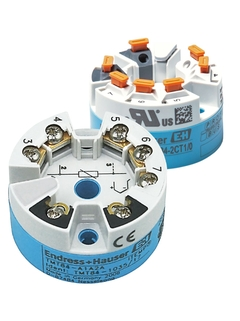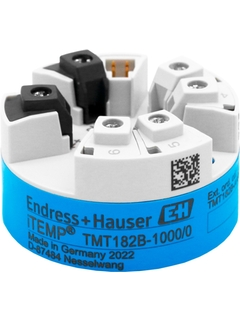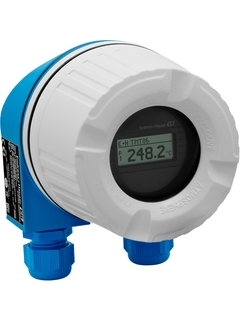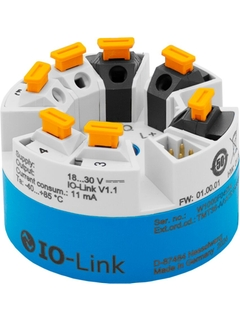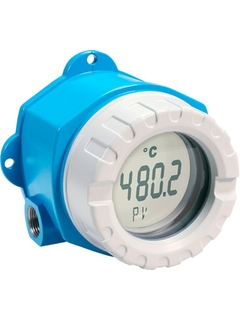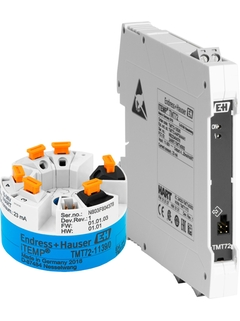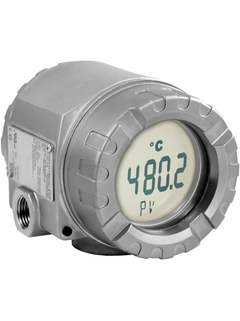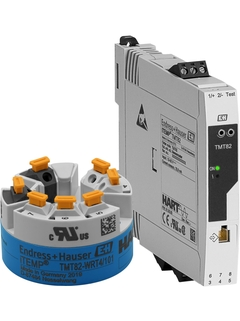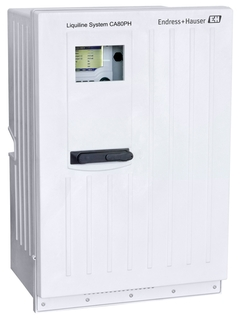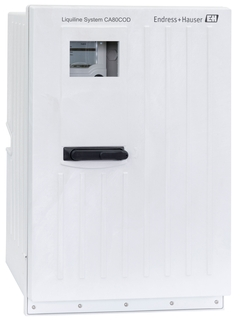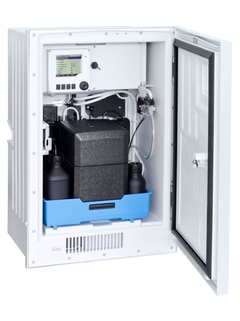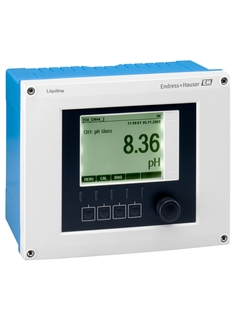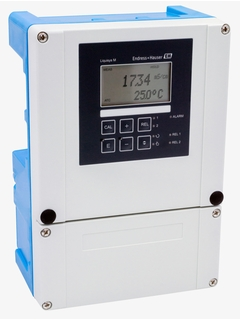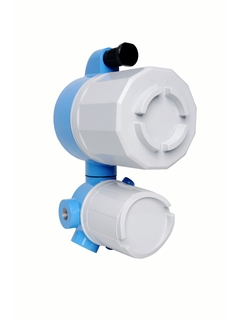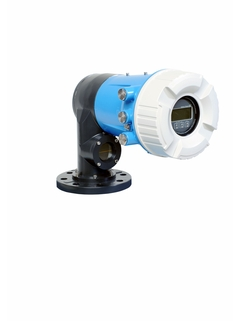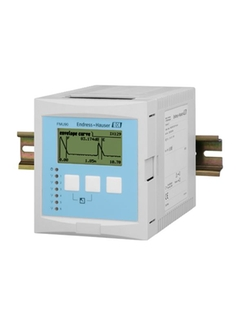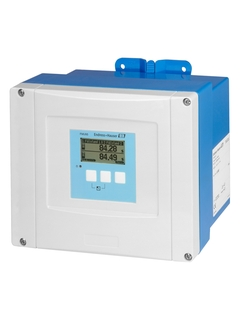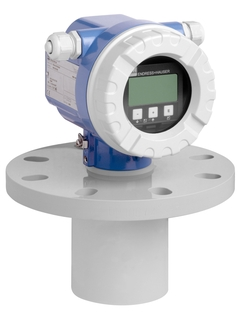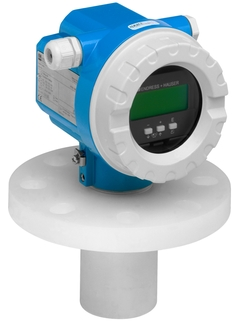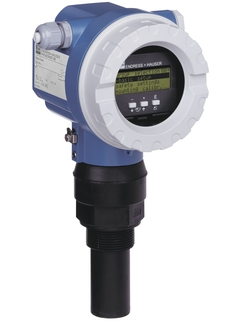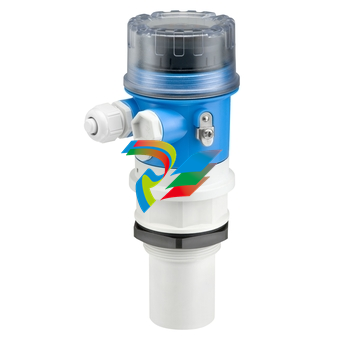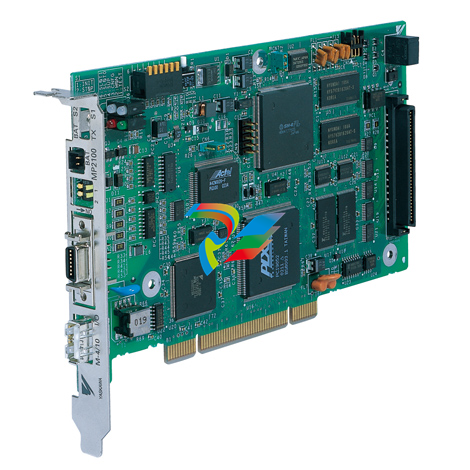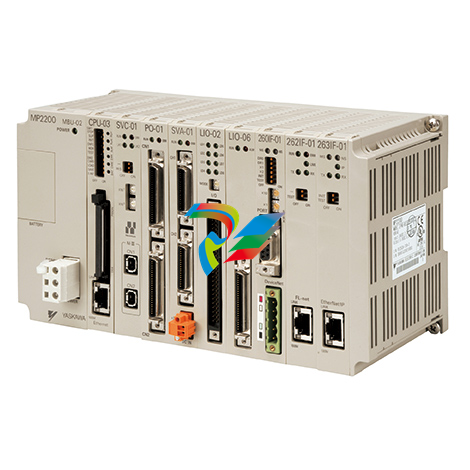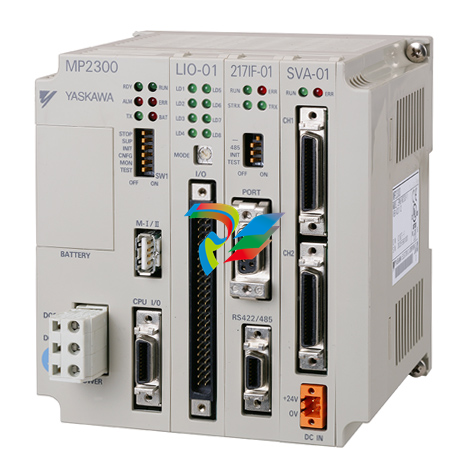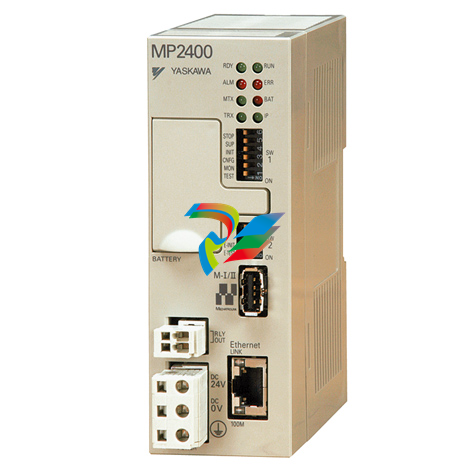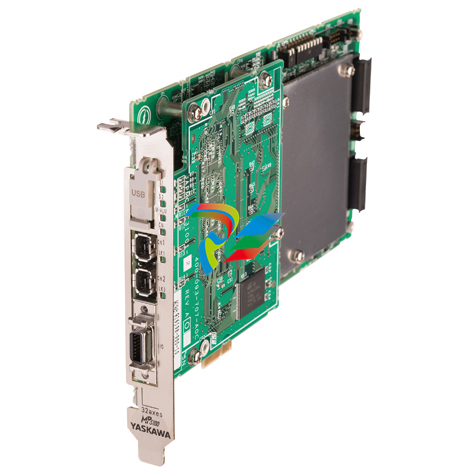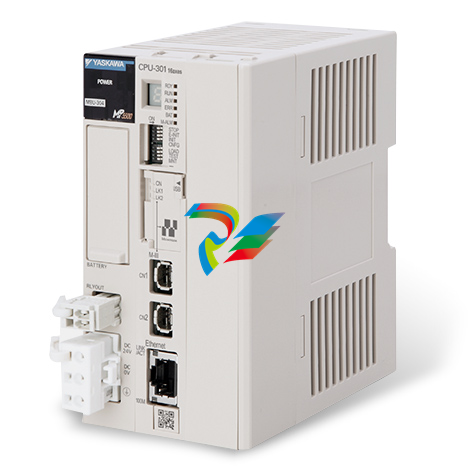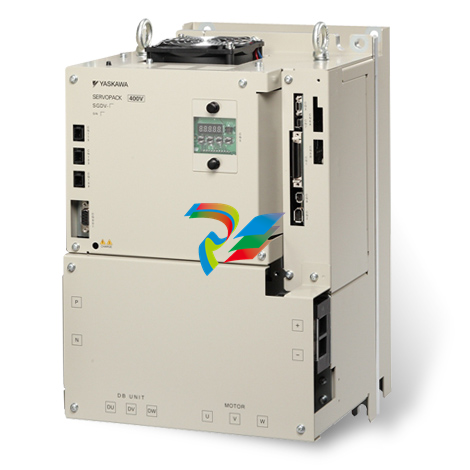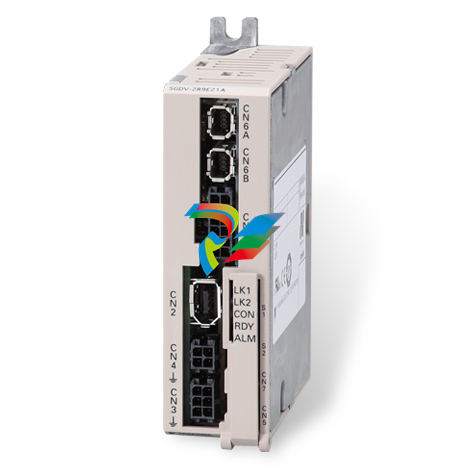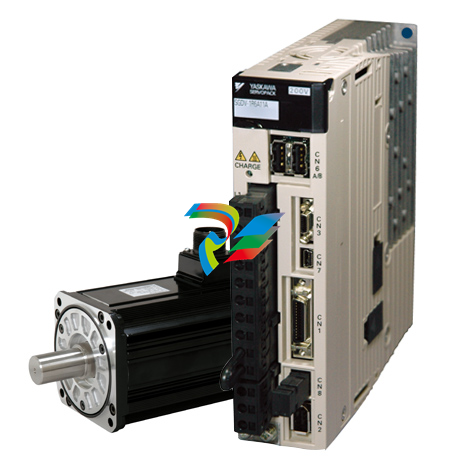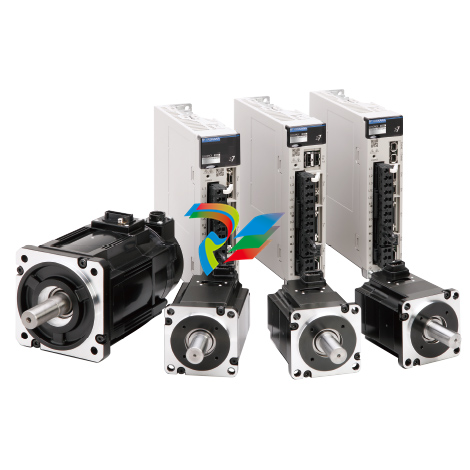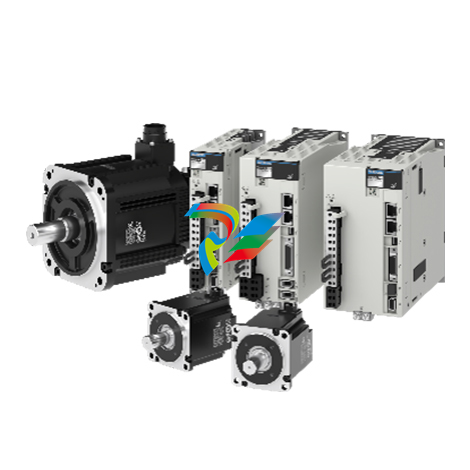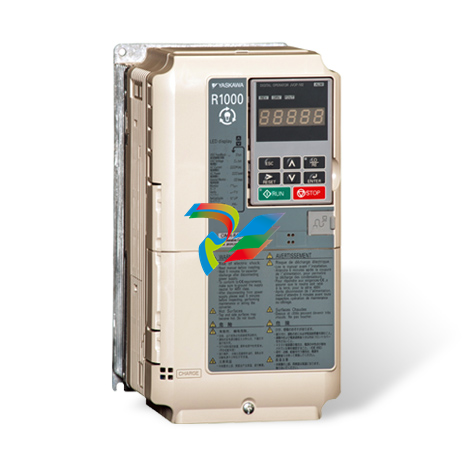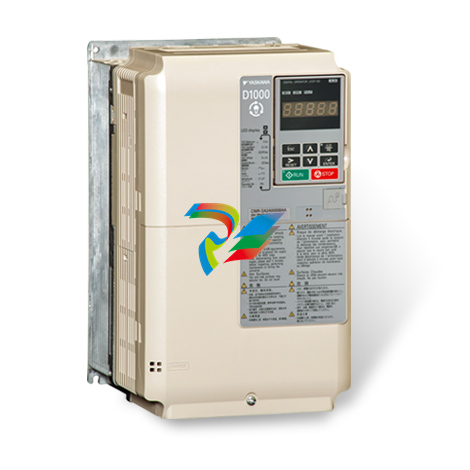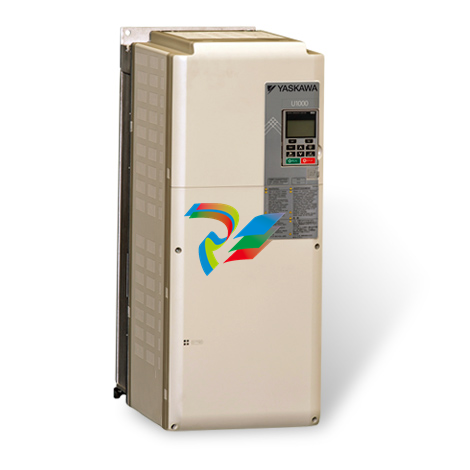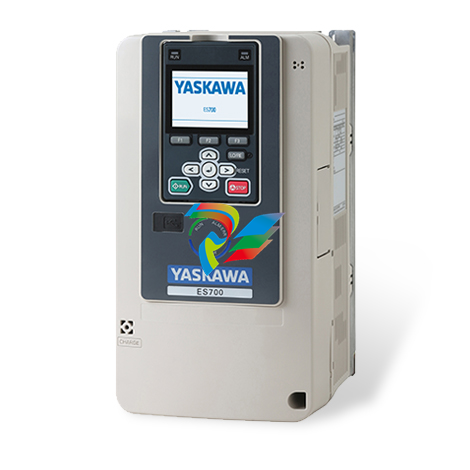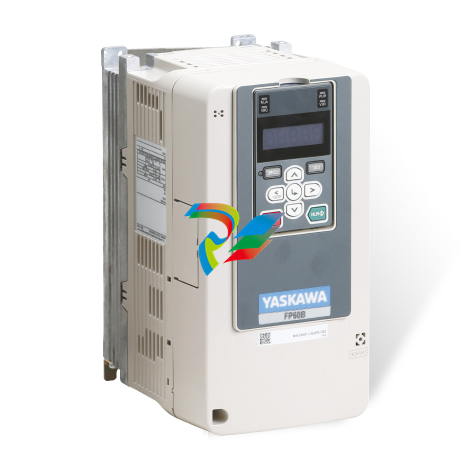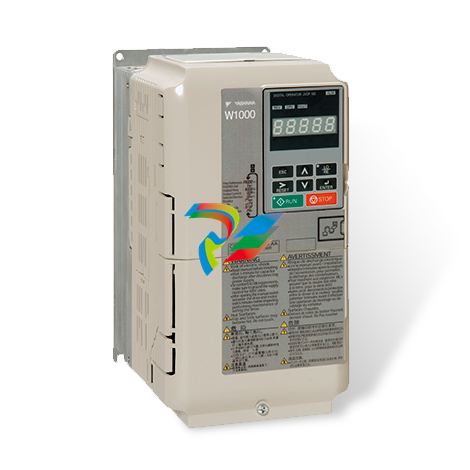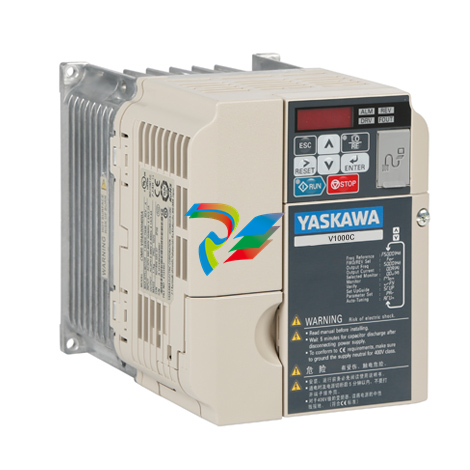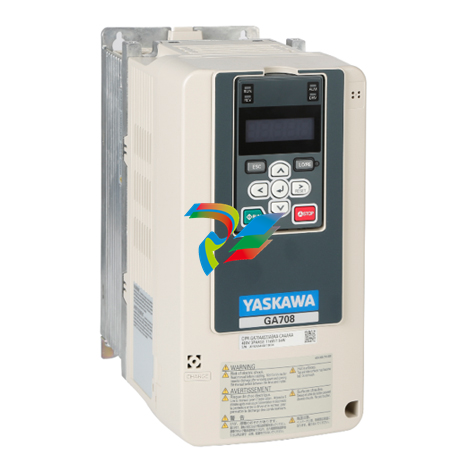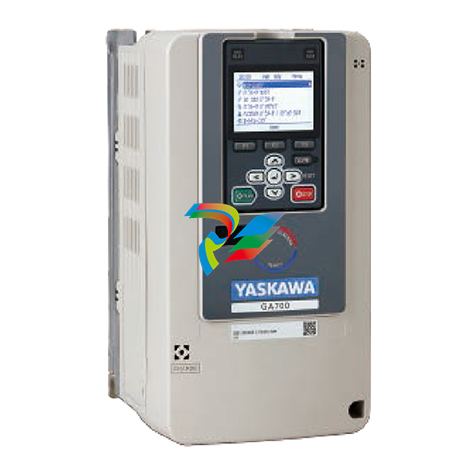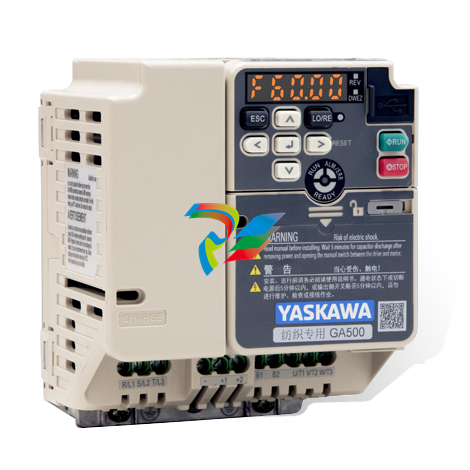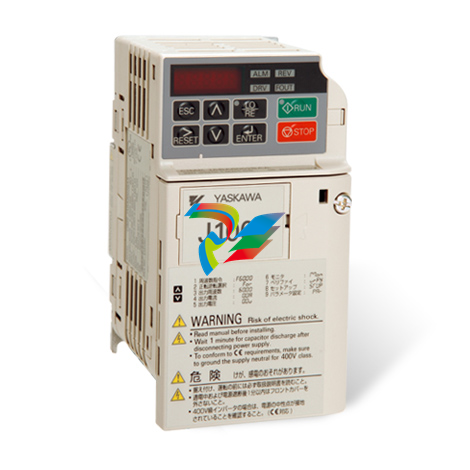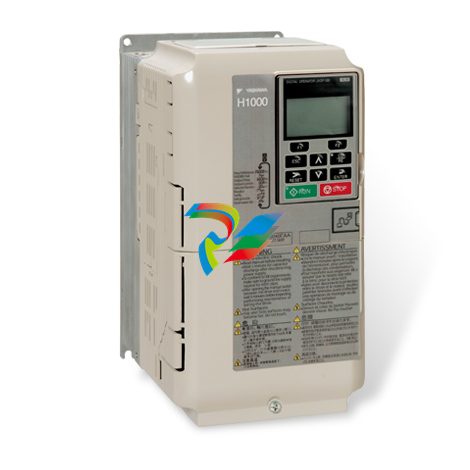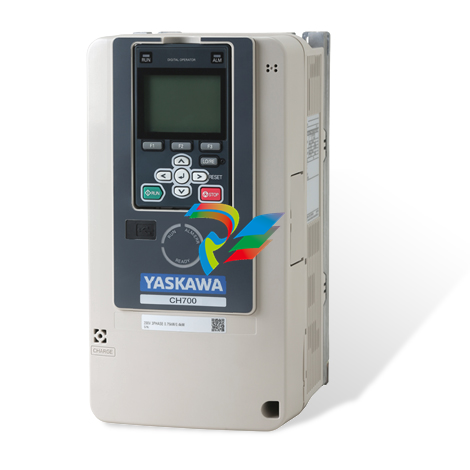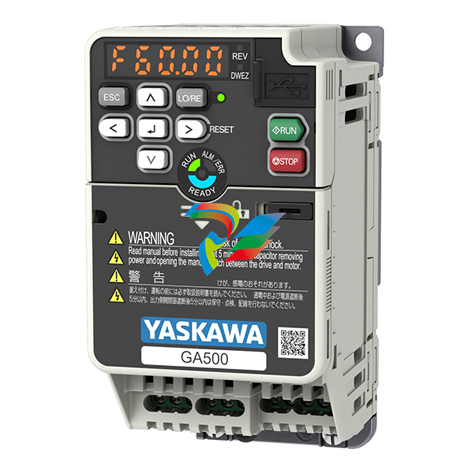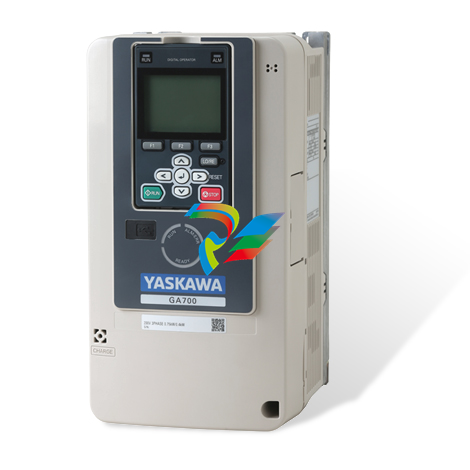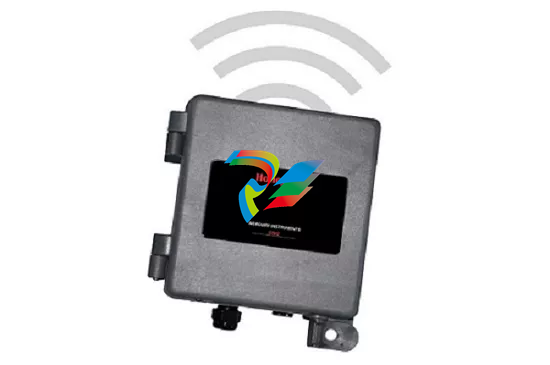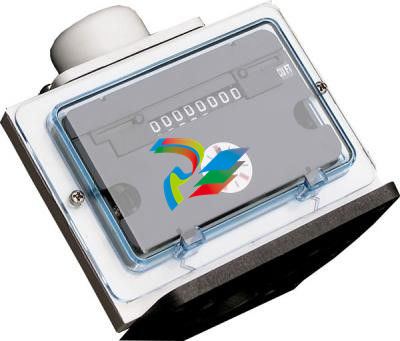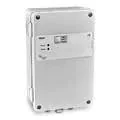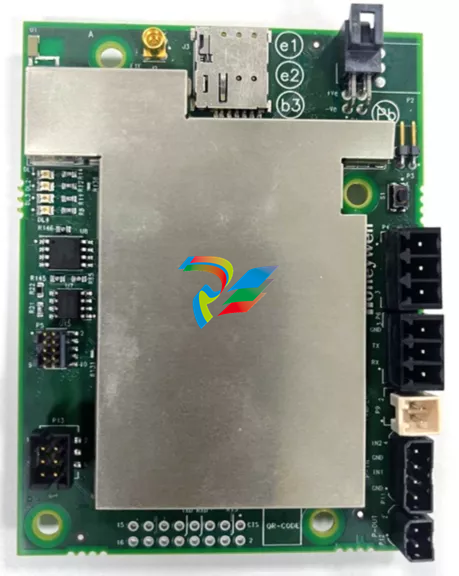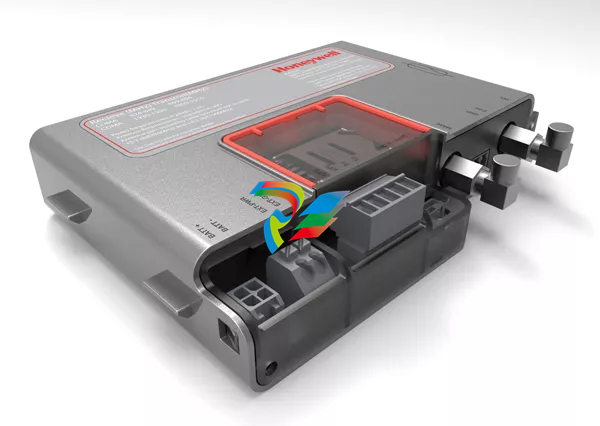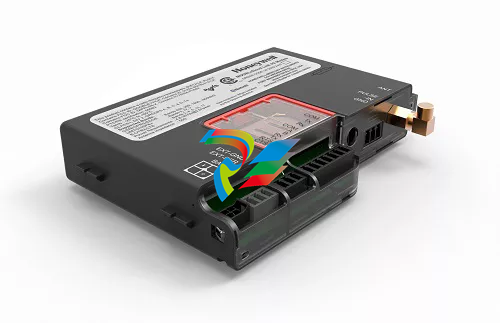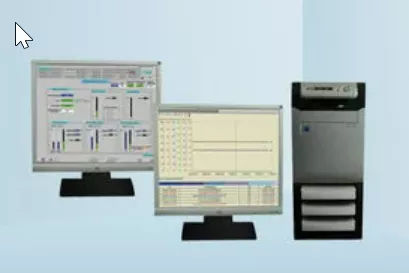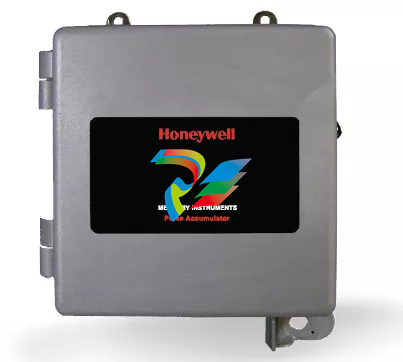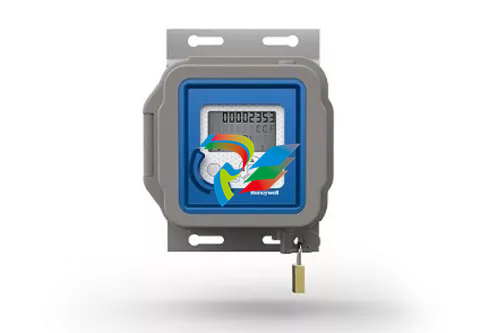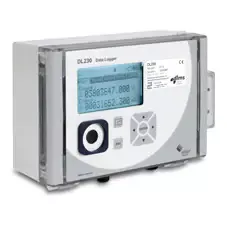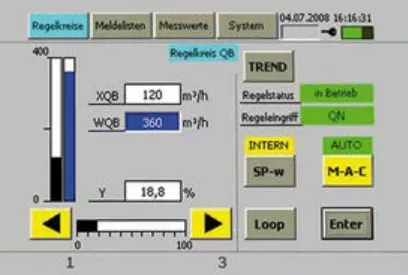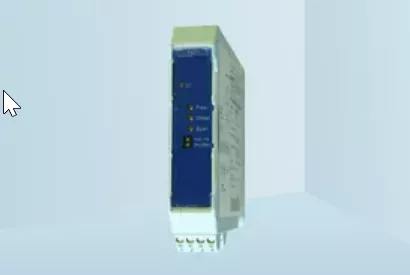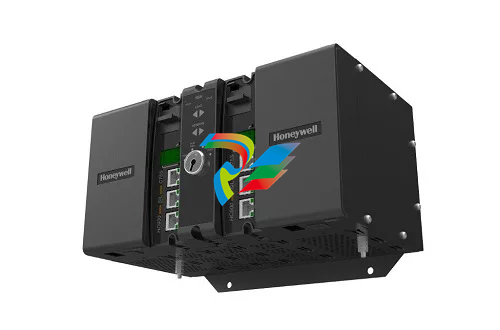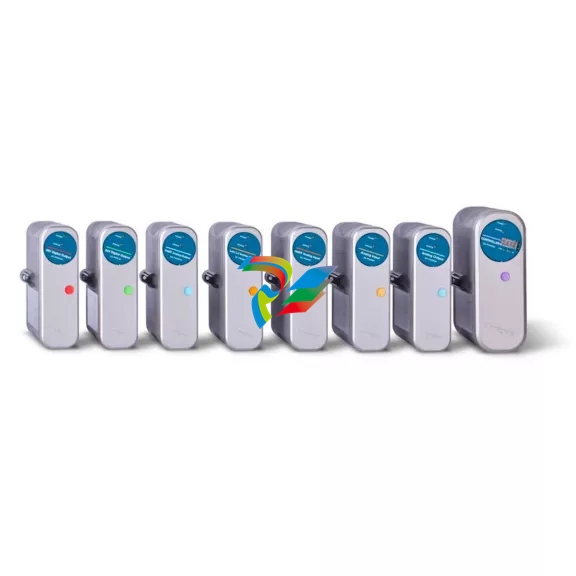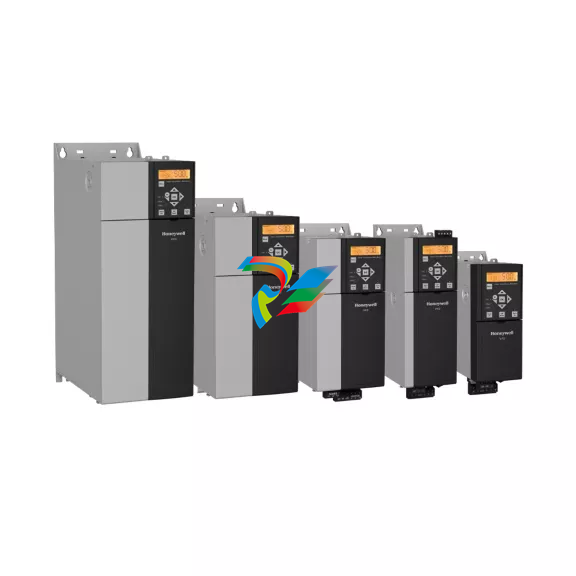
### Precautions for Yokogawa Products #### Installation Precautions 1. **Environment Requirements** - Ensure that the installation site meets the appropriate temperature and humidity conditions. For most Yokogawa instruments, the recommended temperature range is typically between 0 to 50 degrees Celsius and the relative humidity should be maintained within 10% - 90% (non-condensing). For example, when installing a Yokogawa distributed control system (DCS), incorrect temperature or humidity can affect the performance and lifespan of the components. - Avoid installing the products in areas with excessive electromagnetic interference, vibration, or dust. Installing near large motors or high-power electrical equipment that generates strong electromagnetic fields may disrupt the normal operation of Yokogawa's electronic measurement and control devices. 2. **Installation Procedure** - Follow the installation manuals provided by Yokogawa precisely. When installing sensors or transmitters, make sure they are properly connected to the process piping or equipment according to the specified installation methods. Incorrect installation angles or loose connections can lead to inaccurate measurement results. For instance, when installing a pressure transmitter, ensuring its correct orientation and a tight seal with the pipeline is essential for accurate pressure readings. #### Operation Precautions 1. **Operator Training** - Operators must receive comprehensive training on the operation of Yokogawa products before using them. They should understand the functions and operation interfaces of different devices, such as how to configure parameters on a Yokogawa recorder or how to operate a Yokogawa flowmeter for accurate flow measurement. Lack of proper training may result in incorrect operation and inaccurate data acquisition. - Familiarize operators with the alarm and warning functions of the products. They need to know how to respond promptly when alarms are triggered to avoid potential problems. For example, if an alarm indicates an abnormal temperature reading on a Yokogawa temperature controller, operators should be able to take appropriate measures like checking the sensor or adjusting the control parameters. 2. **Regular Monitoring** - Continuously monitor the operation status of Yokogawa products during normal operation. Check the display values, indicator lights, and communication status regularly. If there are any fluctuations in the measured values that are beyond the normal range or if communication interruptions occur between different devices, investigate and address the issues in a timely manner. For instance, in a Yokogawa industrial automation system, monitoring the data transmission between controllers and field devices is crucial to ensure the smooth running of the entire production process. #### Maintenance Precautions 1. **Scheduled Maintenance** - Adhere to the maintenance schedules recommended by Yokogawa. Conduct routine inspections, cleaning, and calibration of the products at regular intervals. For example, regularly clean the exterior of instruments to remove dust and dirt that could affect heat dissipation or interfere with electrical contacts. Calibration of measurement instruments like analyzers and meters should be carried out according to the specified time or usage frequency to maintain measurement accuracy. - Keep detailed maintenance records. Record the maintenance time, items checked, parts replaced, and any problems found and resolved. These records will help in tracking the performance history of the products and provide a reference for future maintenance work. 2. **Use of Genuine Parts** - When replacing parts, always use genuine parts provided by Yokogawa or its authorized distributors. Using counterfeit or unauthorized parts may lead to compatibility issues, reduced performance, or even equipment failure. For example, replacing a circuit board in a Yokogawa control valve with a non-genuine part may cause incorrect valve positioning and affect the entire process control loop. ### Safety Aspects #### Electrical Safety 1. **Proper Grounding** - All Yokogawa electrical products should be properly grounded. Ensure that the grounding connections are secure and comply with electrical safety standards. Faulty grounding can lead to electrical shock hazards for operators and may also damage the equipment due to electrical surges or interference. For example, in a Yokogawa power supply unit, proper grounding is essential to protect against electrical malfunctions and ensure the safety of personnel working around it. 2. **Power Supply Safety** - Use the correct power supply voltage and frequency as specified for each Yokogawa product. Connecting to an incorrect power source can cause overheating, component damage, or even fire hazards. Before powering on any device, double-check the power supply settings and make sure they match the equipment's requirements. #### Mechanical Safety 1. **Protective Covers and Guards** - For Yokogawa products with moving parts, such as motors or mechanical actuators in some industrial equipment, make sure that all protective covers and guards are in place and properly secured during operation. These covers and guards prevent operators from accidentally coming into contact with the moving parts and getting injured. For instance, in a Yokogawa motor-driven pump, the protective cover around the motor shaft should be intact to avoid any entanglement risks. 2. **Lifting and Handling** - When installing, relocating, or servicing heavy Yokogawa equipment, use appropriate lifting and handling equipment and follow proper lifting procedures. Improper handling can cause physical injuries to workers and damage to the equipment. For example, when moving a large Yokogawa analyzer cabinet, using a forklift or a crane with the correct load capacity and following the correct lifting and positioning instructions is necessary. #### Process Safety 1. **Process Parameter Monitoring** - Yokogawa products are often used in industrial processes to monitor and control various parameters. Continuously monitor these parameters to ensure that the process remains within safe operating limits. For example, if a Yokogawa pressure transmitter is used to monitor the pressure in a chemical reactor, any abnormal pressure increase or decrease should be detected promptly and appropriate actions should be taken to prevent potential explosions or leaks. 2. **System Integration Safety** - When integrating Yokogawa products into a larger industrial system, ensure that the overall system design complies with safety regulations and standards. Check for proper communication protocols, interlock functions, and emergency shutdown capabilities to prevent cascading failures and ensure the safety of the entire production process. ### Application Industries #### Oil and Gas Industry - Yokogawa products are widely used in the oil and gas industry. In upstream exploration and production, they are used for monitoring wellhead pressure, flow rates of crude oil and natural gas, and the performance of drilling equipment. For example, Yokogawa's flowmeters are employed to accurately measure the production volume of oil and gas wells, helping operators optimize production and manage resources effectively. - In midstream transportation and storage, Yokogawa's control systems and monitoring devices are used for pipeline monitoring, tank farm management, and terminal operations. They can monitor parameters such as temperature, pressure, and liquid levels in storage tanks and pipelines to ensure the safe and efficient transportation and storage of oil and gas products. - In downstream refining and petrochemical processes, Yokogawa's distributed control systems (DCS) and analyzers are used to control and monitor complex chemical reactions, ensure product quality, and maintain the safety of the refining and petrochemical plants. #### Chemical Industry - In chemical manufacturing plants, Yokogawa's measurement and control instruments play a vital role in monitoring and controlling various chemical processes. They are used to measure parameters like temperature, pressure, pH value, and chemical concentrations. For example, pH meters from Yokogawa are used to monitor the acidity or alkalinity of chemical solutions in reactors, enabling precise control of chemical reactions and ensuring the quality of the final products. - Yokogawa's automation systems are also applied to optimize production processes, improve production efficiency, and enhance safety by implementing interlock systems and emergency shutdown procedures in case of abnormal process conditions. #### Power Generation Industry - In thermal power plants, Yokogawa's control systems are used to monitor and control the operation of boilers, turbines, and generators. They can measure parameters such as steam temperature, pressure, and flow rates, and adjust the operation of the equipment accordingly to ensure the stable and efficient generation of electricity. For example, temperature sensors and controllers from Yokogawa help maintain the proper operating temperature of the boiler, preventing overheating and ensuring the safety and longevity of the equipment. - In hydropower plants, Yokogawa's monitoring and control systems are used to manage the water flow, turbine speed, and generator output. They help optimize the power generation process and ensure the reliable operation of the hydropower plant under different water flow conditions. - In nuclear power plants, Yokogawa's products are used for critical monitoring and control tasks, such as monitoring radiation levels, reactor temperature, and coolant flow rates. Due to the high safety requirements in nuclear power plants, Yokogawa's reliable and accurate instruments are essential for ensuring the safe operation of the plant. #### Pharmaceutical Industry - In pharmaceutical manufacturing, precision and hygiene are of utmost importance. Yokogawa's measurement and control instruments are used to monitor and control process parameters such as temperature, pressure, and humidity in clean rooms and production areas. For example, temperature and humidity sensors are used to maintain the ideal environmental conditions for drug formulation and packaging, ensuring the quality and stability of pharmaceutical products. - Yokogawa's automation systems also help in complying with strict regulatory requirements in the pharmaceutical industry by providing accurate documentation of process parameters and ensuring traceability of production processes. #### Food and Beverage Industry - In food processing plants, Yokogawa's instruments are used to monitor parameters like temperature, pressure, and flow rates during cooking, sterilization, and packaging processes. For example, temperature sensors are used to ensure that food products are cooked at the right temperature to meet food safety and quality standards. - In the beverage industry, Yokogawa's flowmeters and level sensors are used to measure and control the flow of raw materials and the liquid levels in tanks during the production of beverages like beer, soft drinks, and juices. This helps in ensuring consistent product quality and efficient production processes.
| User name | Member Level | Quantity | Specification | Purchase Date |
|---|




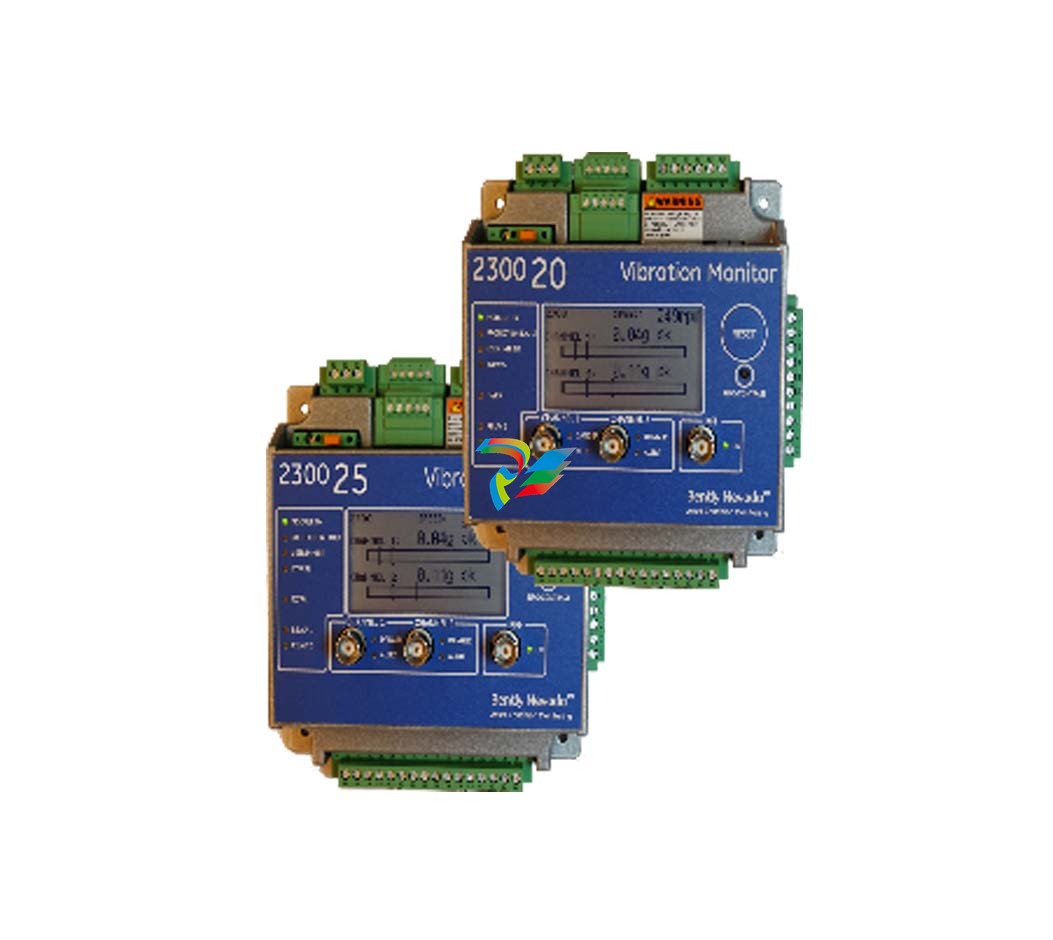
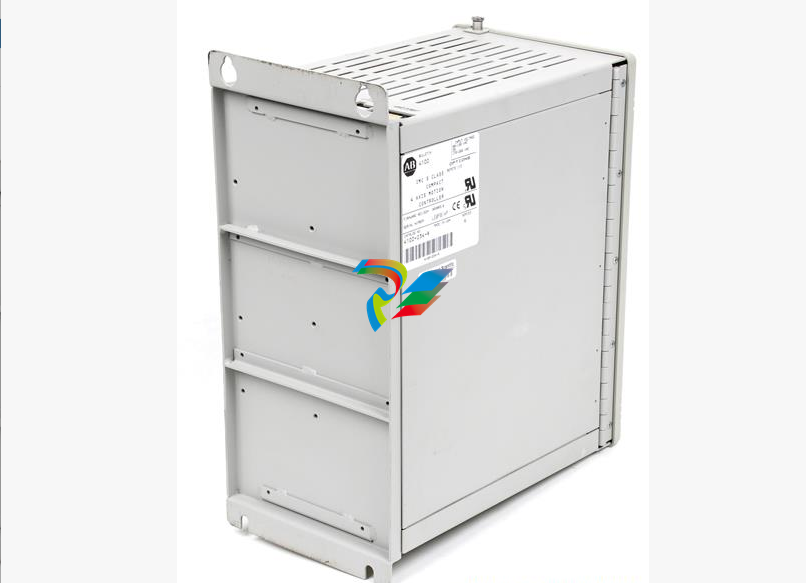
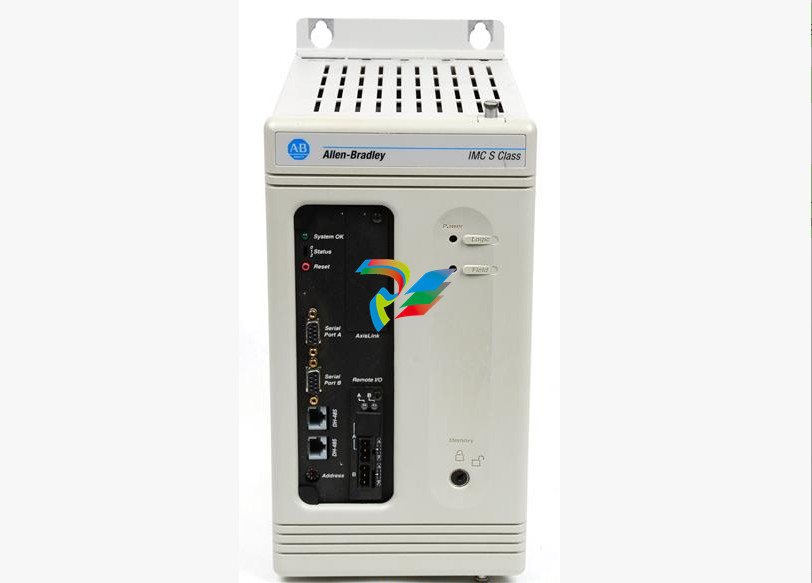
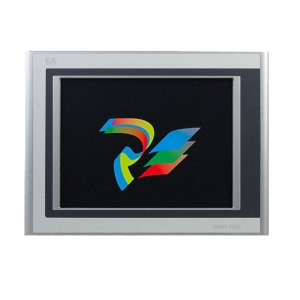
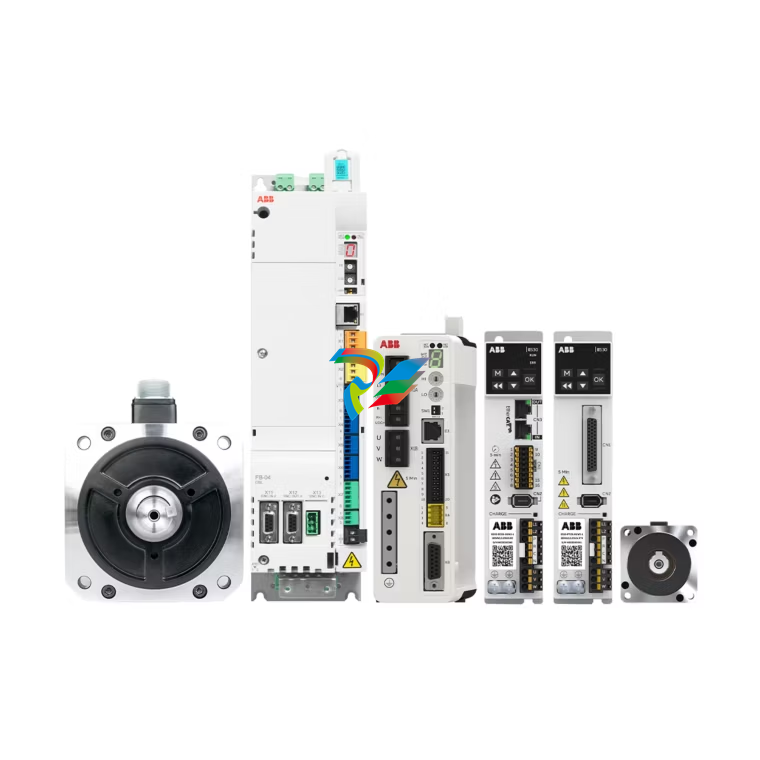
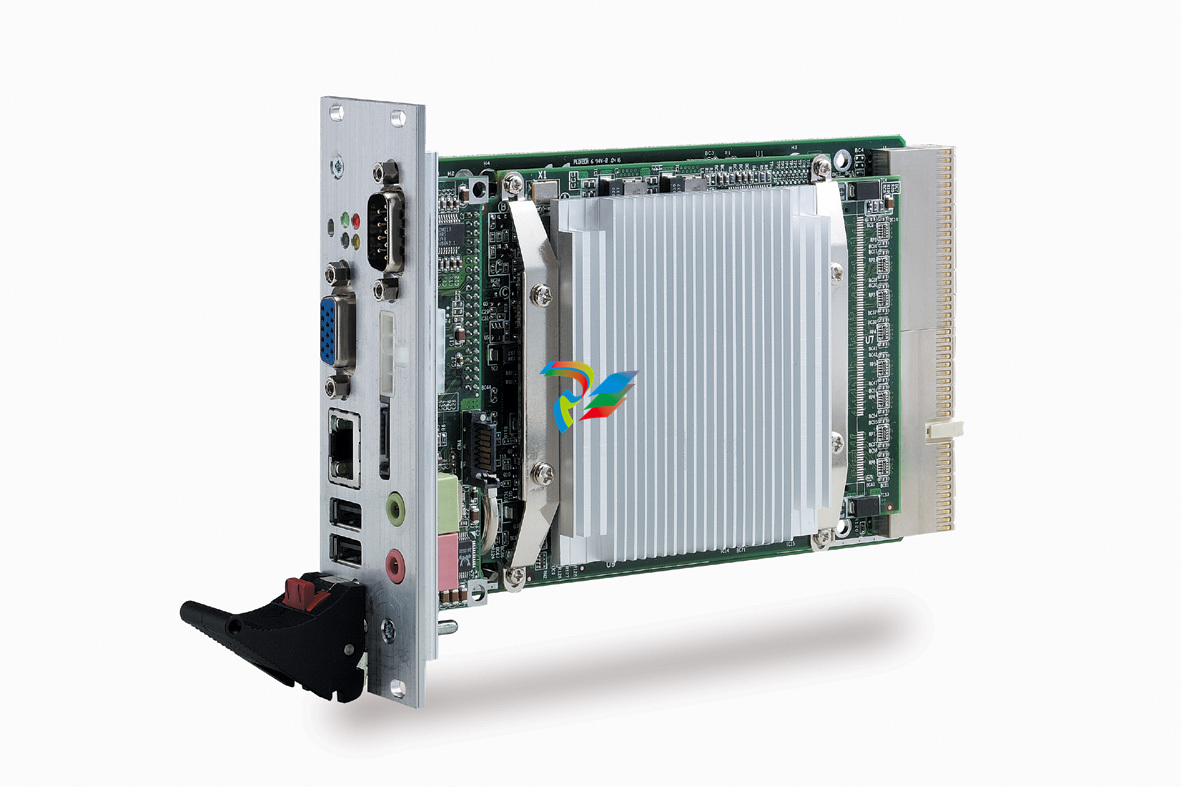
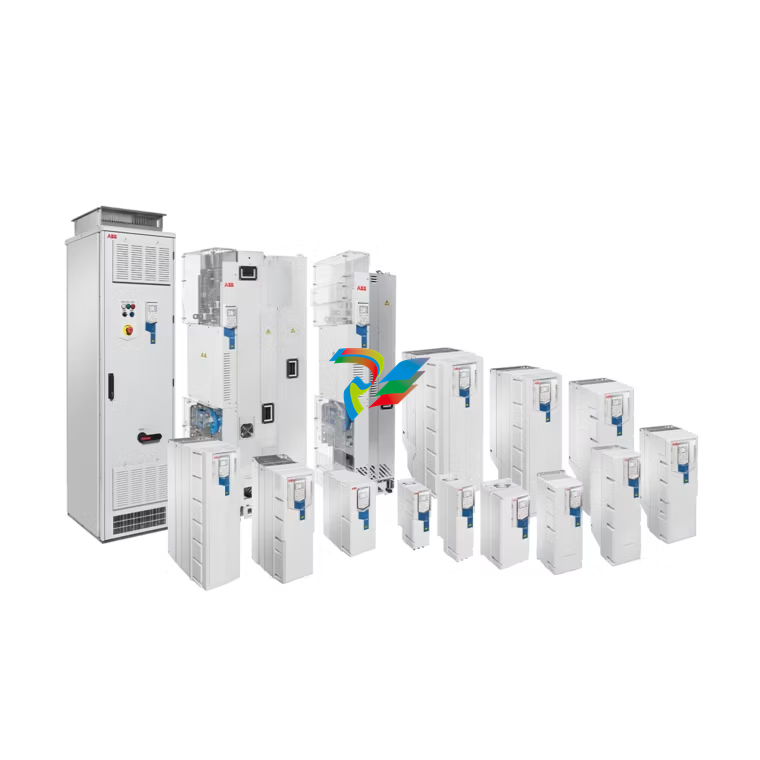
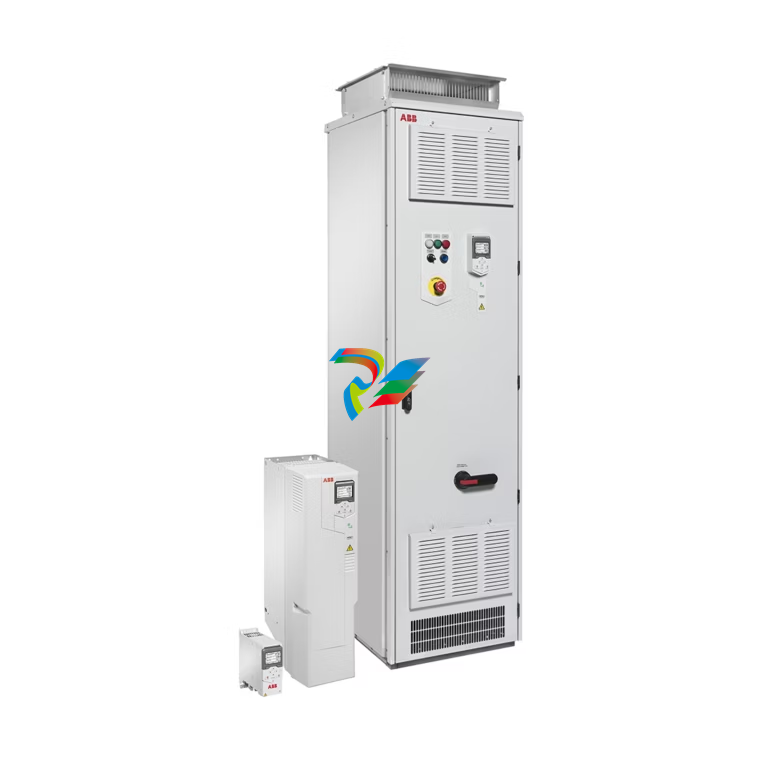
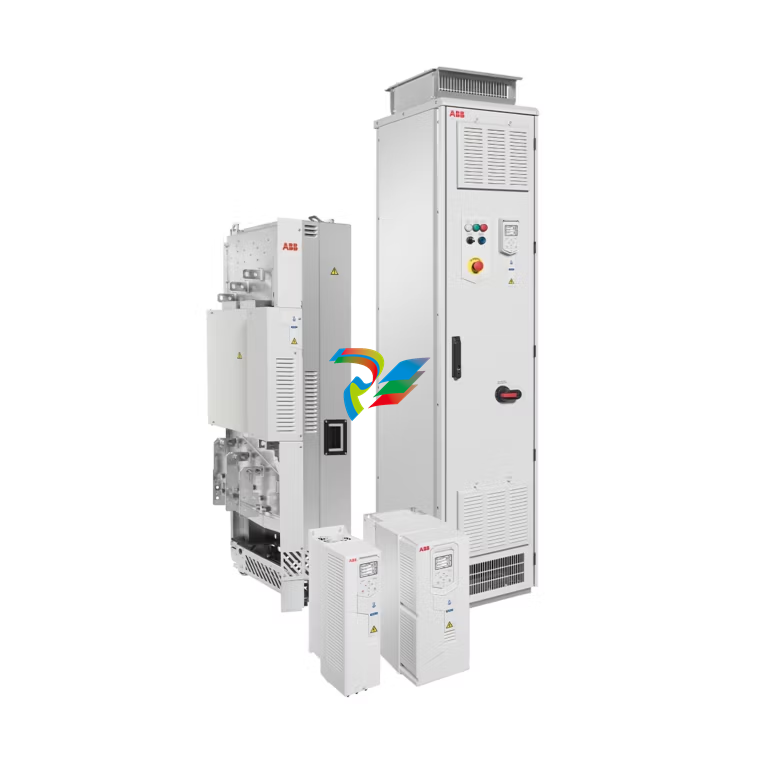
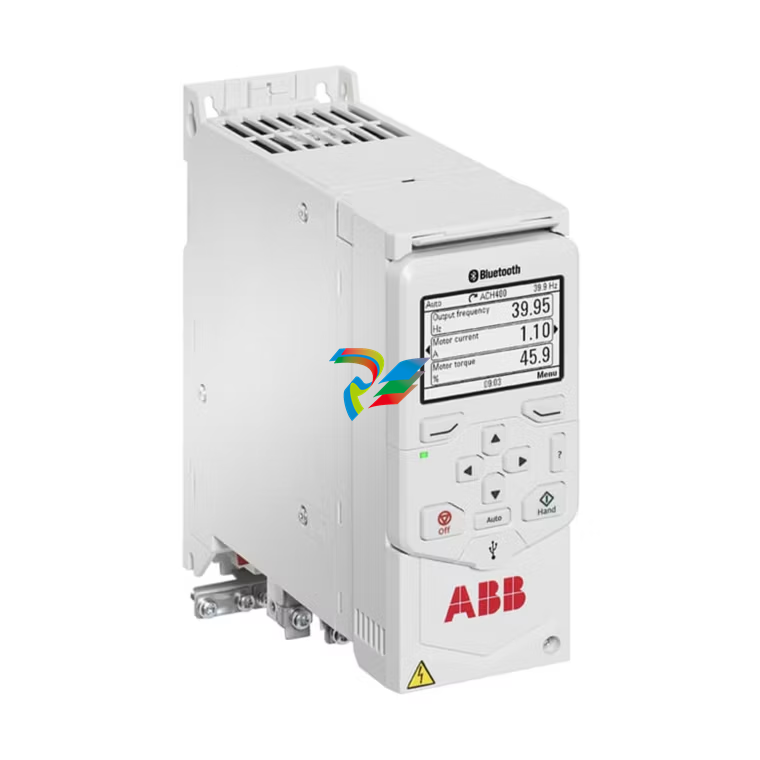
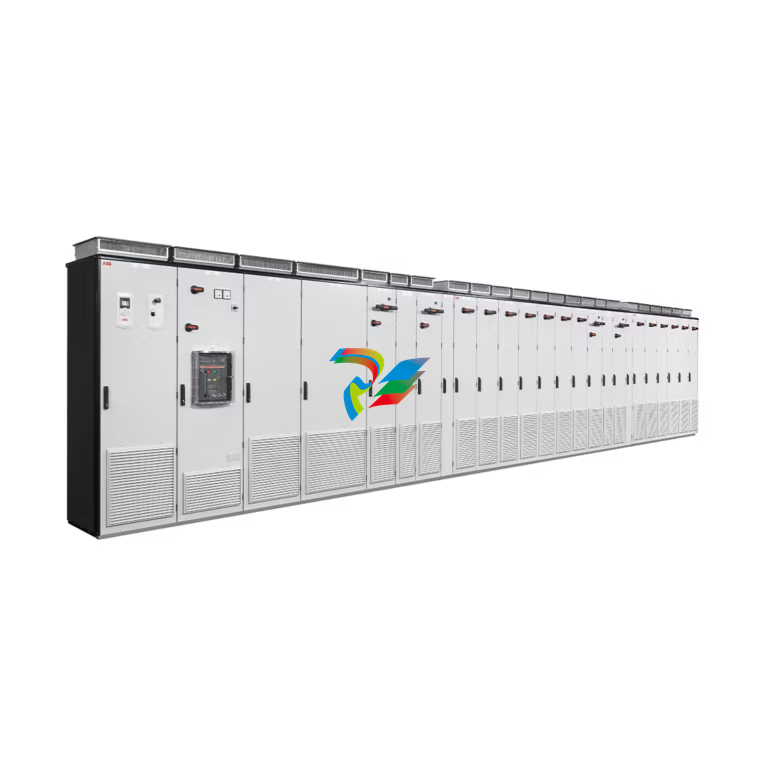
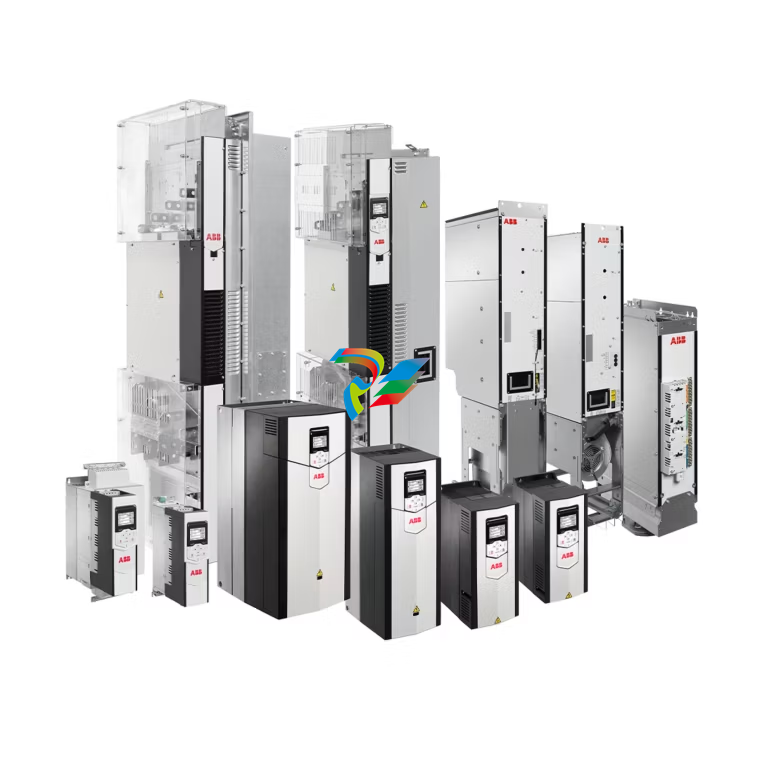
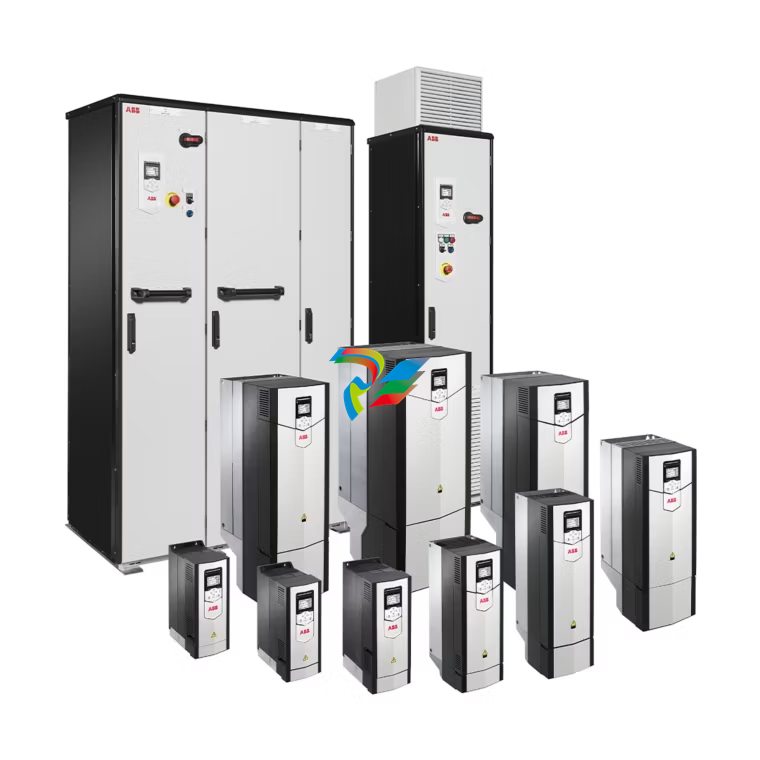
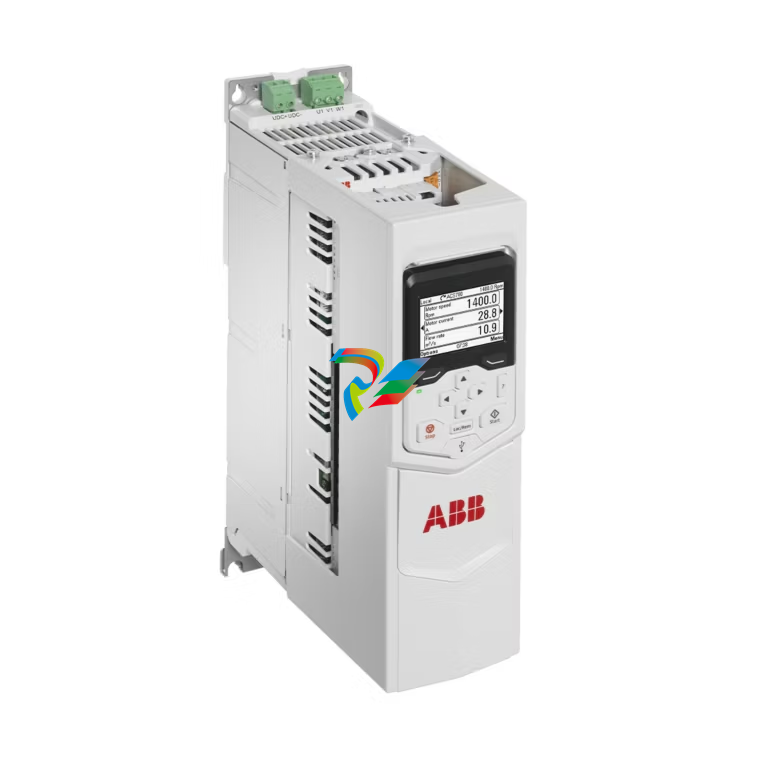
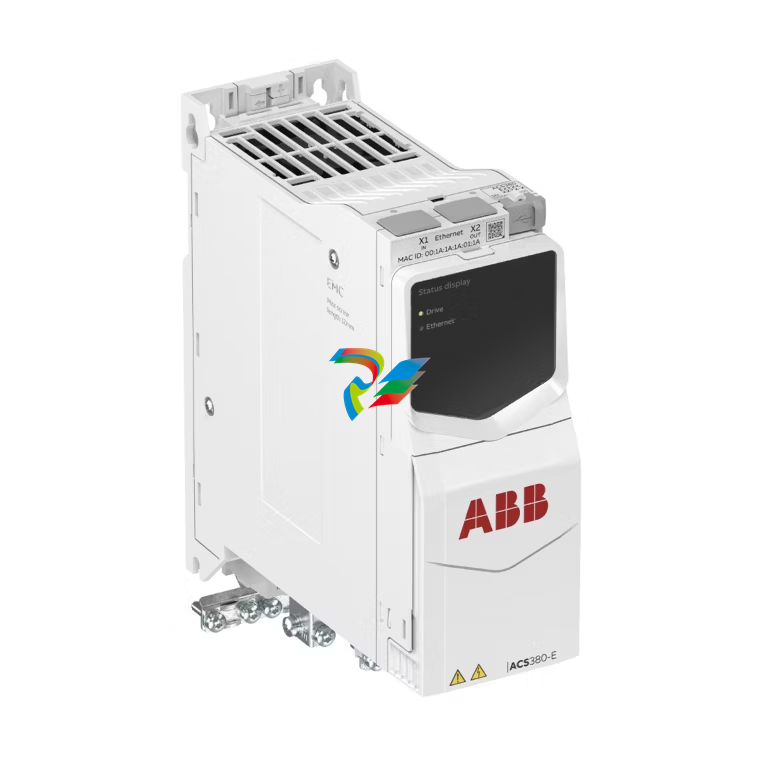
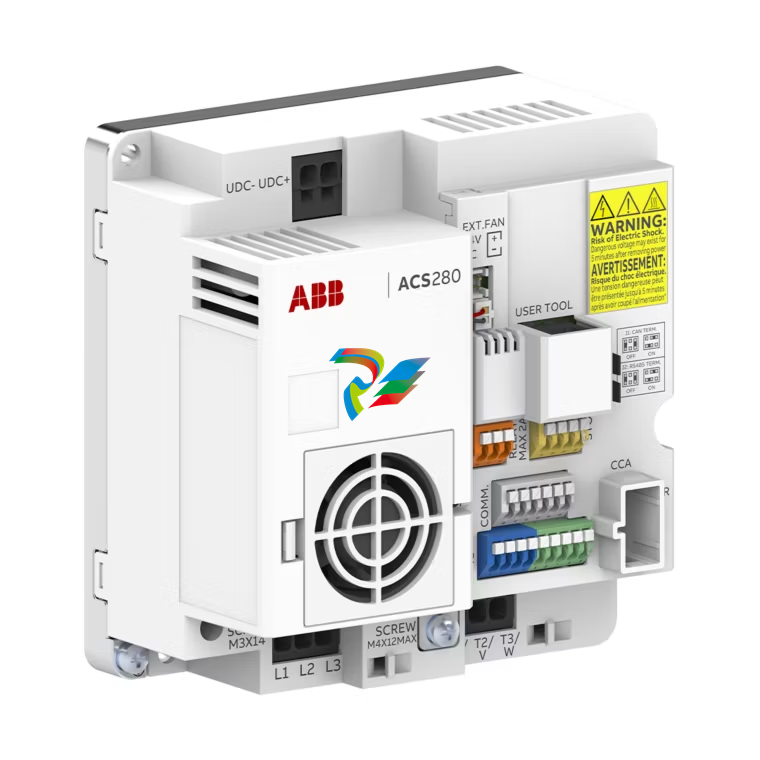
.png)
